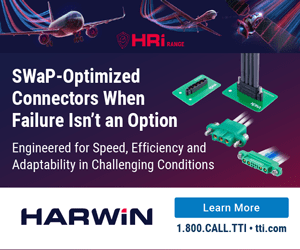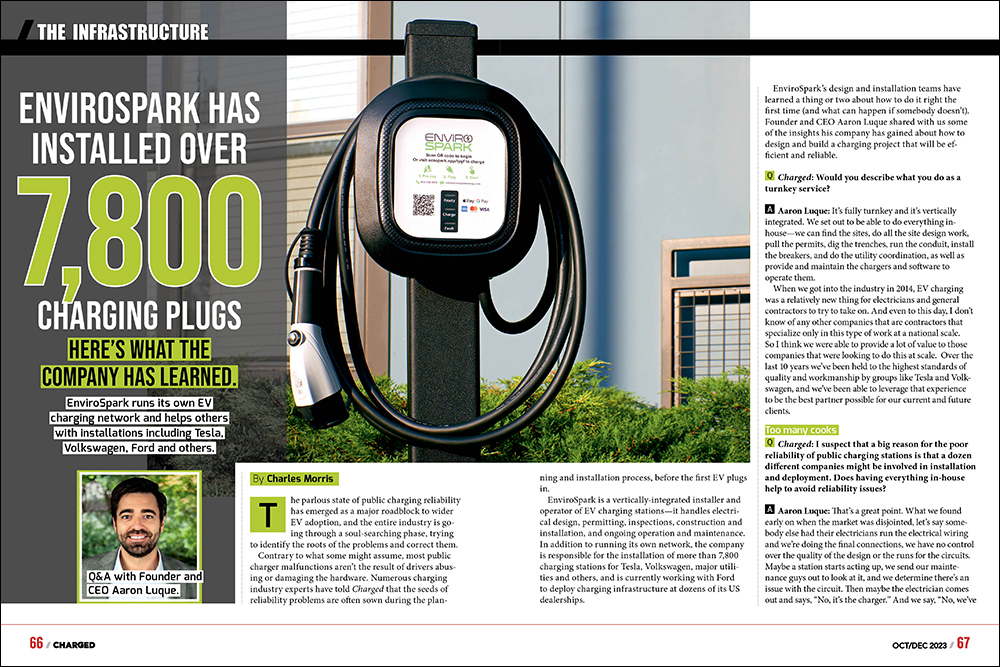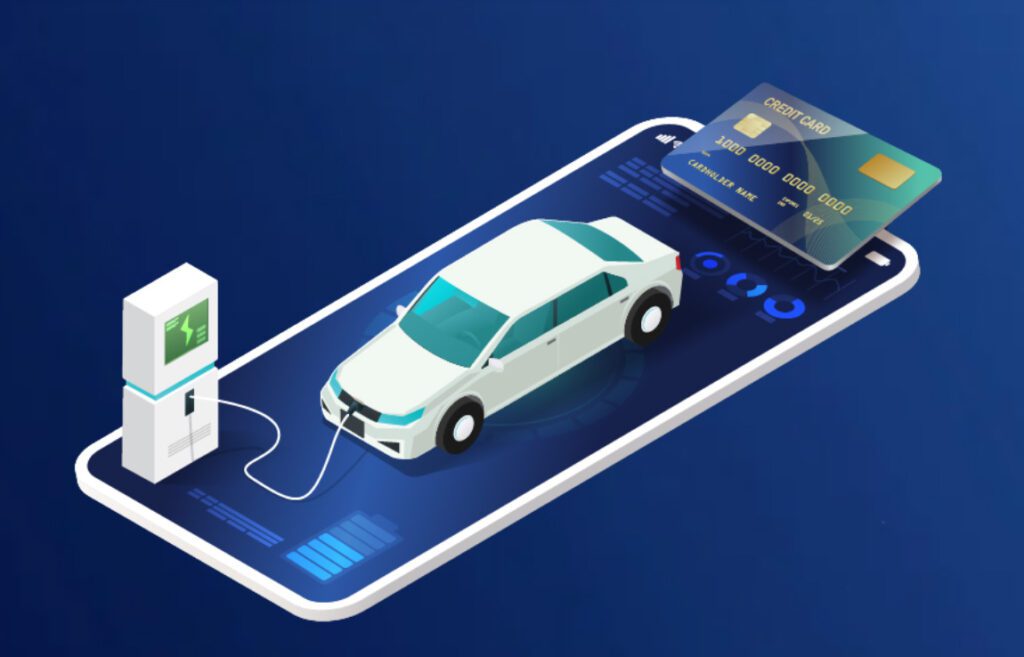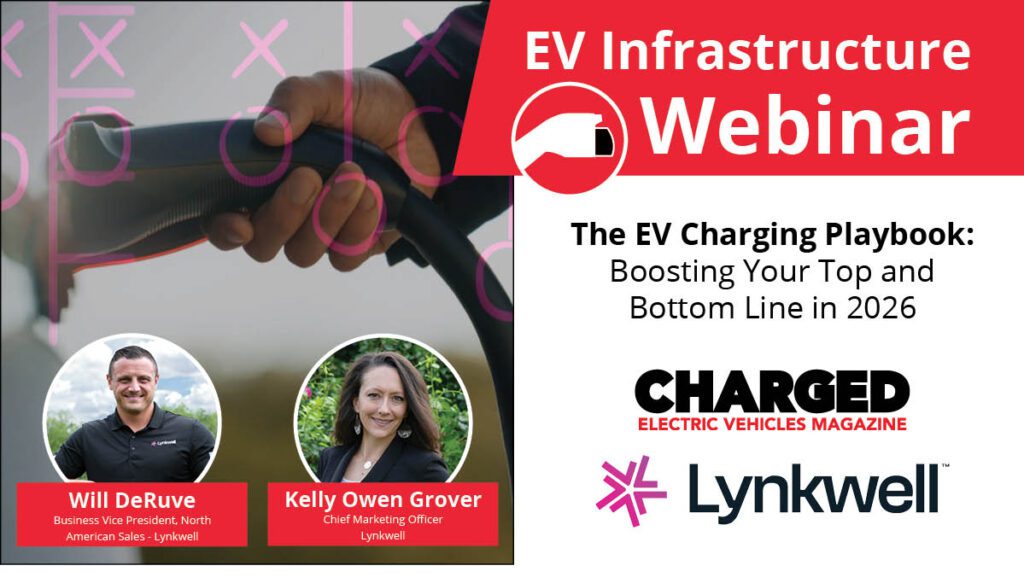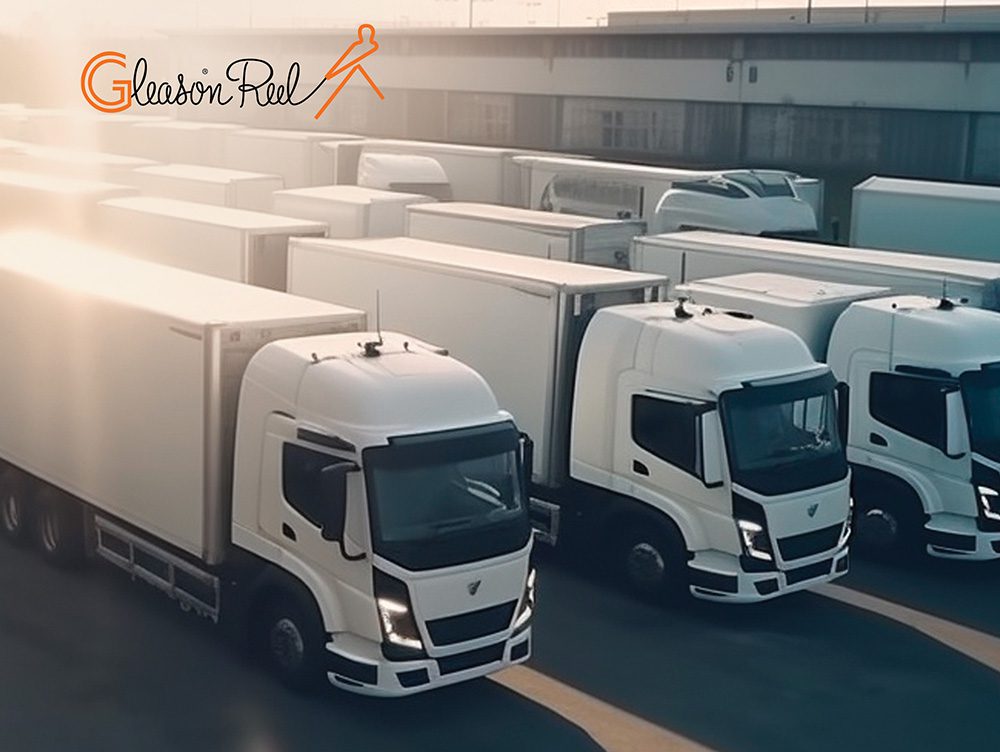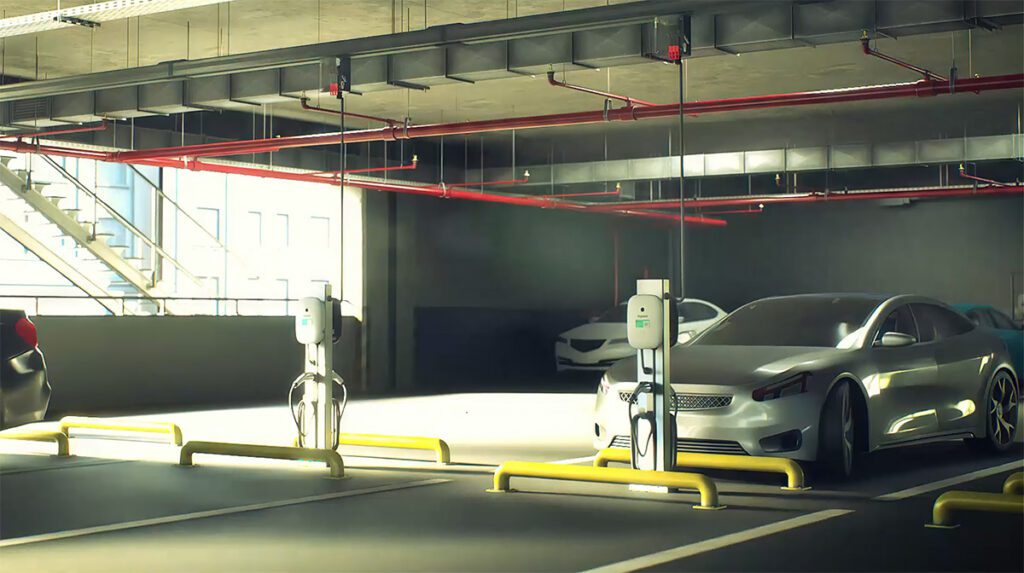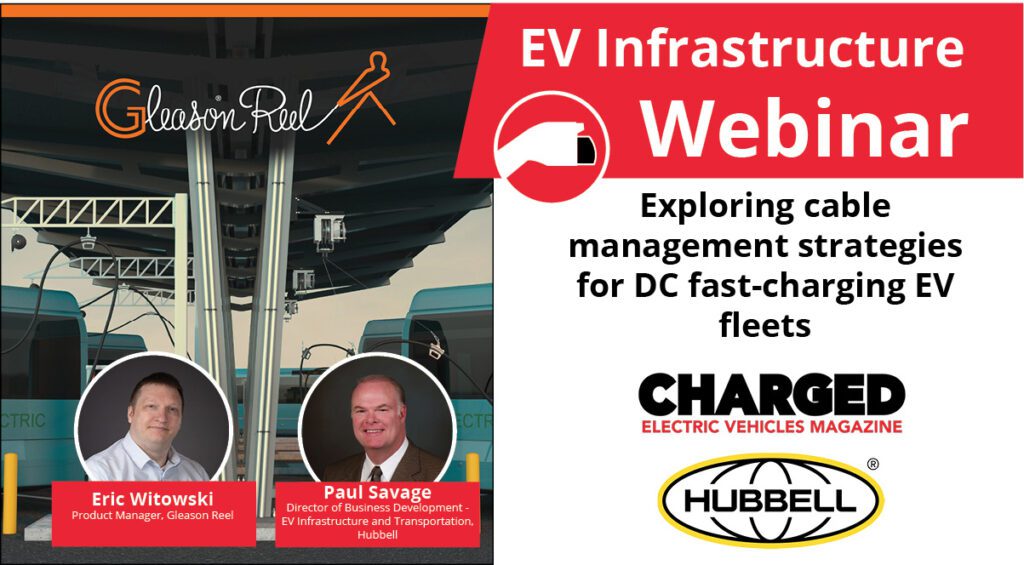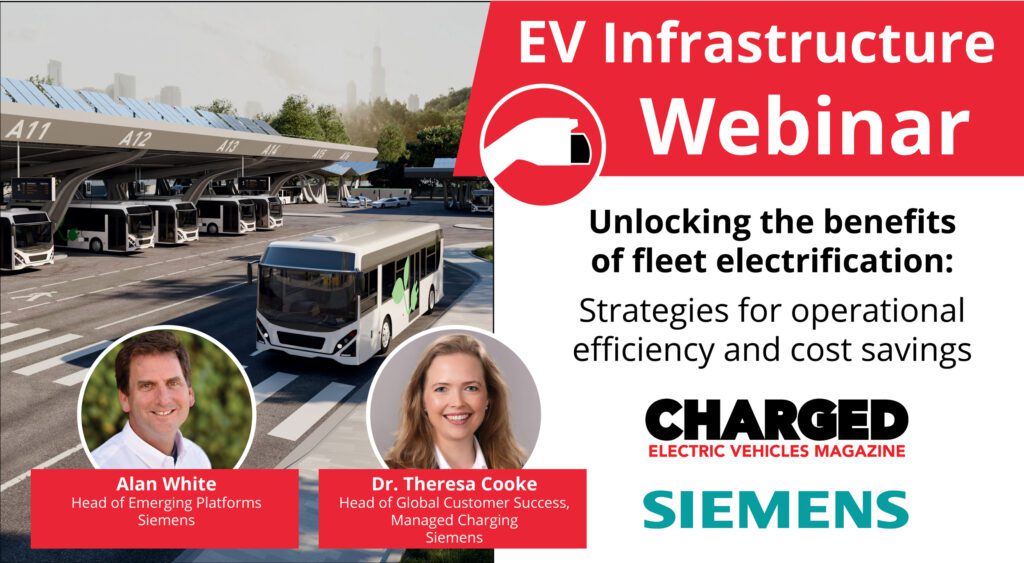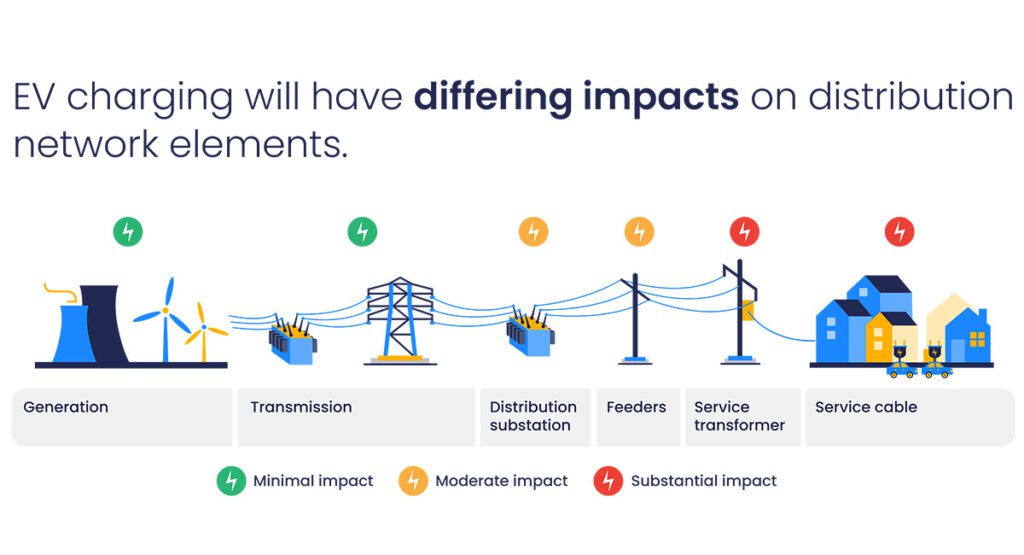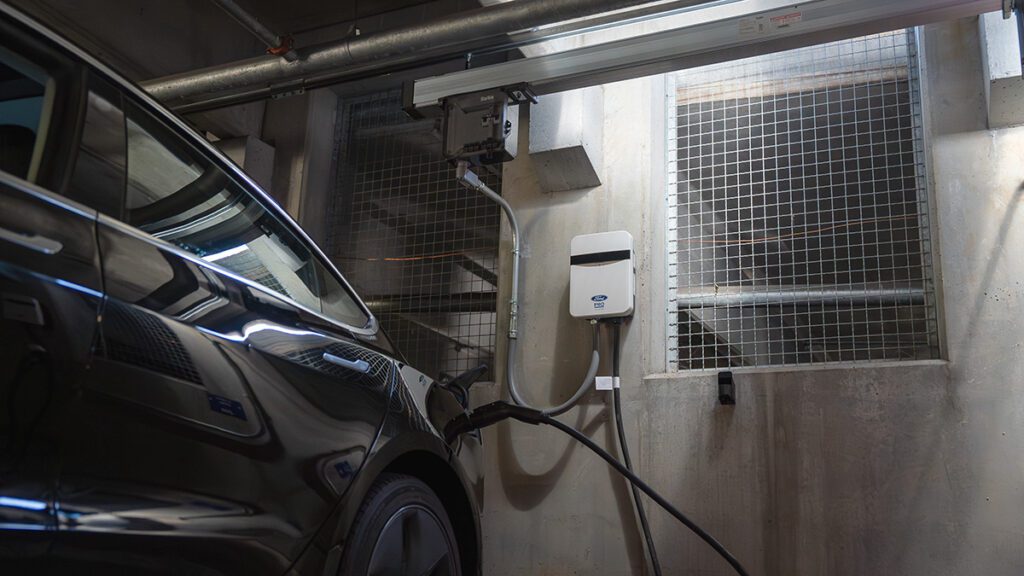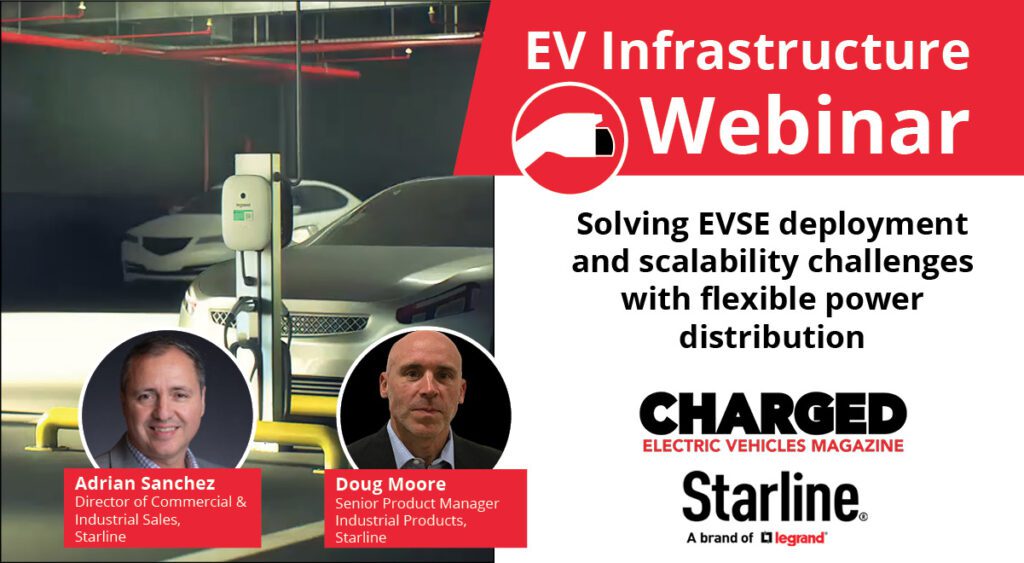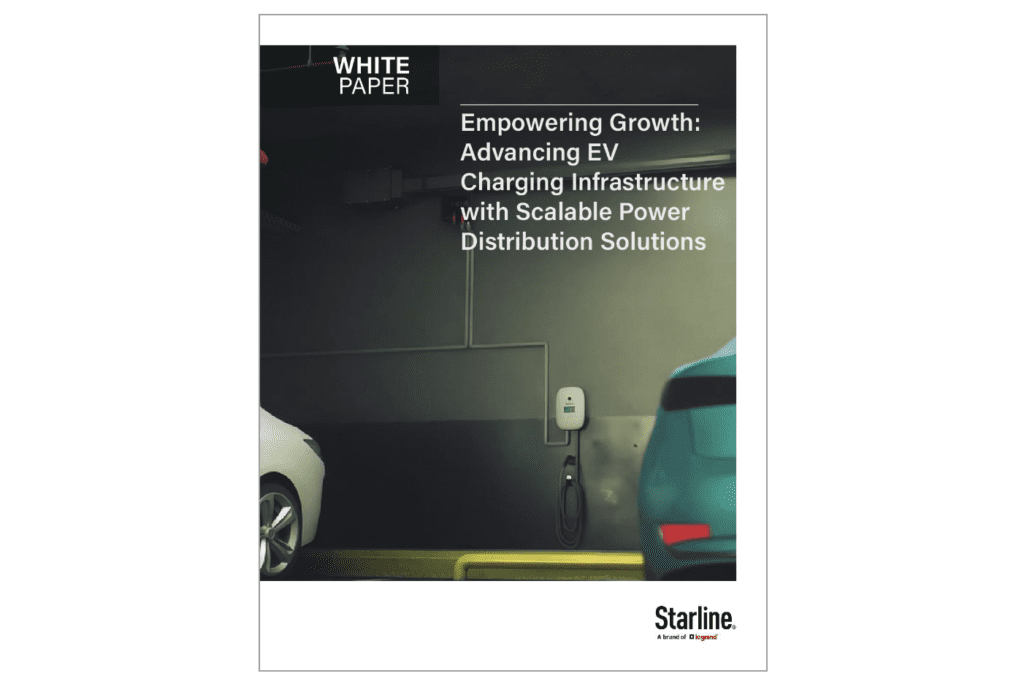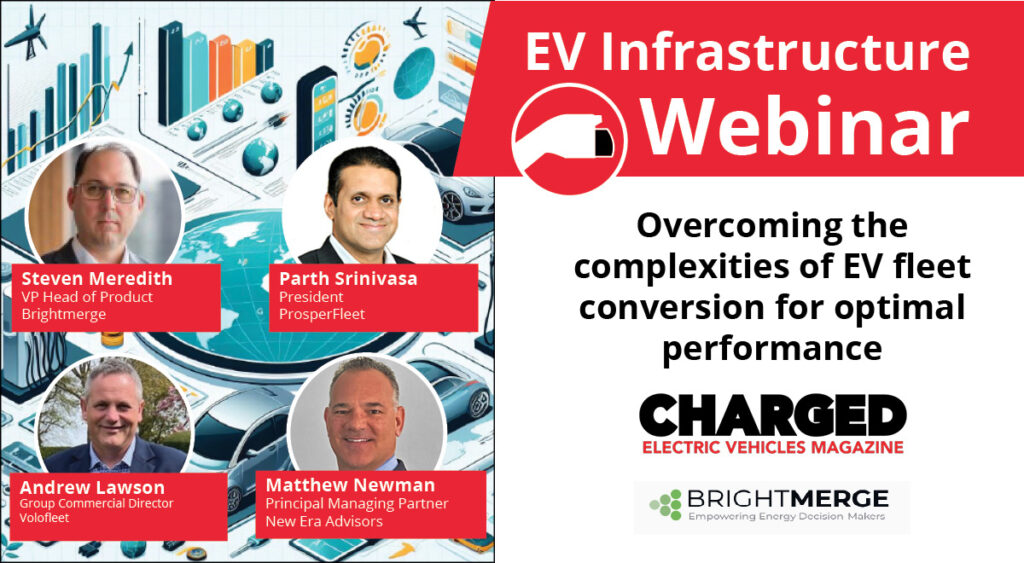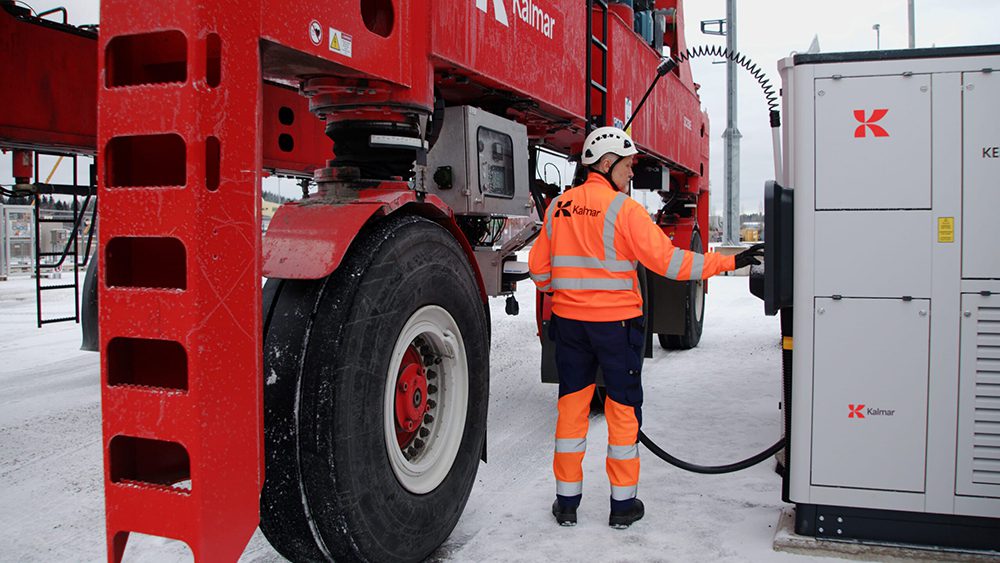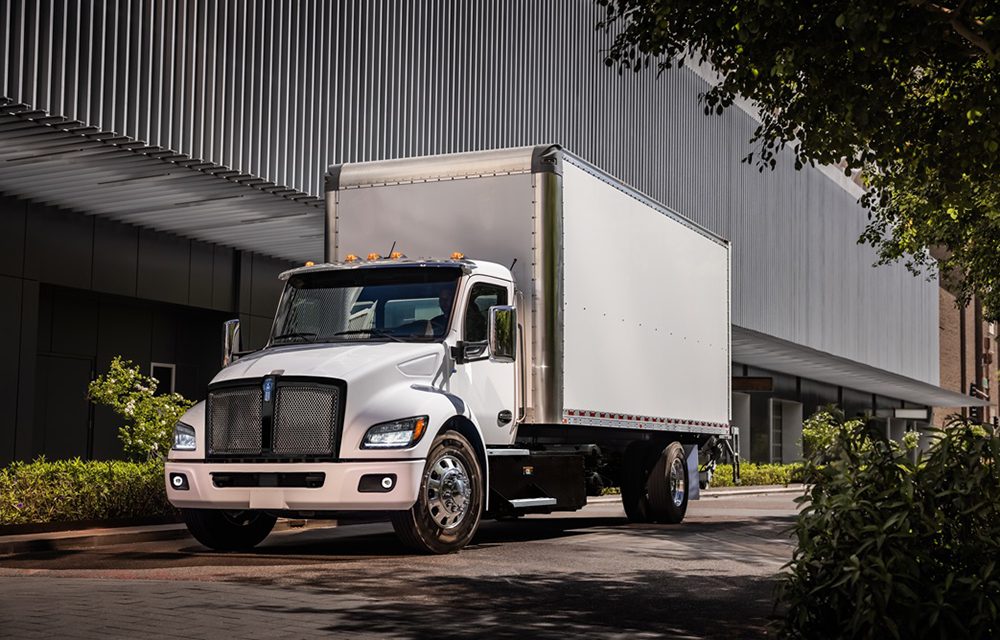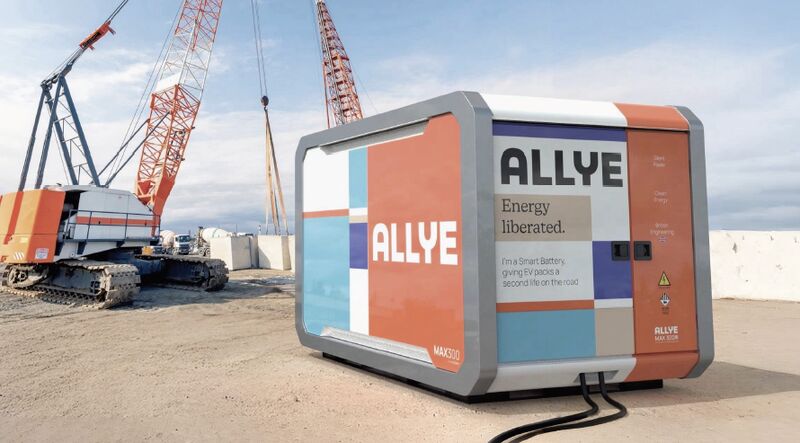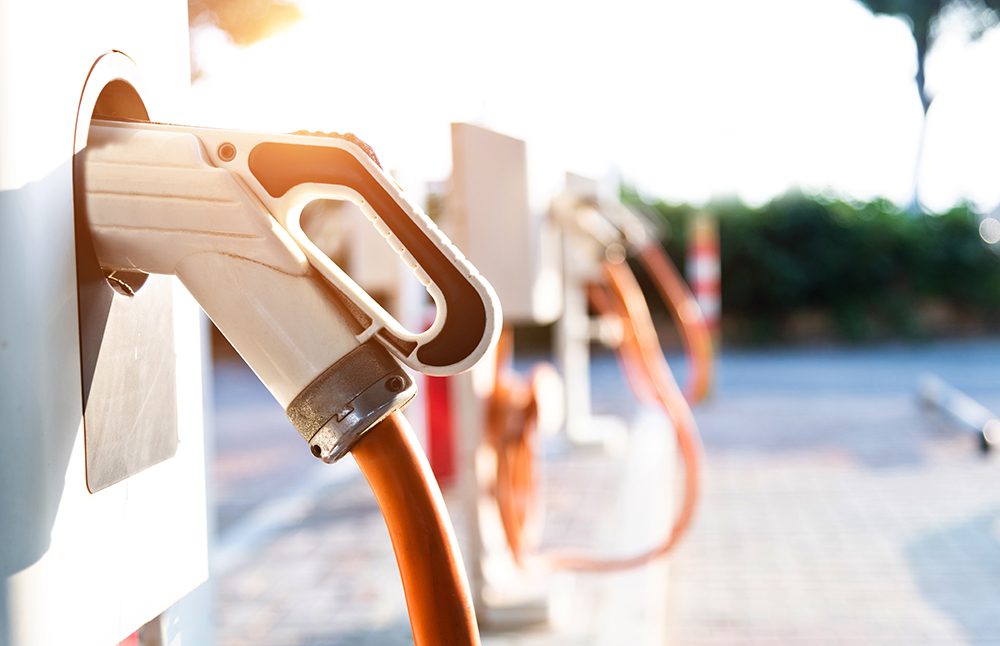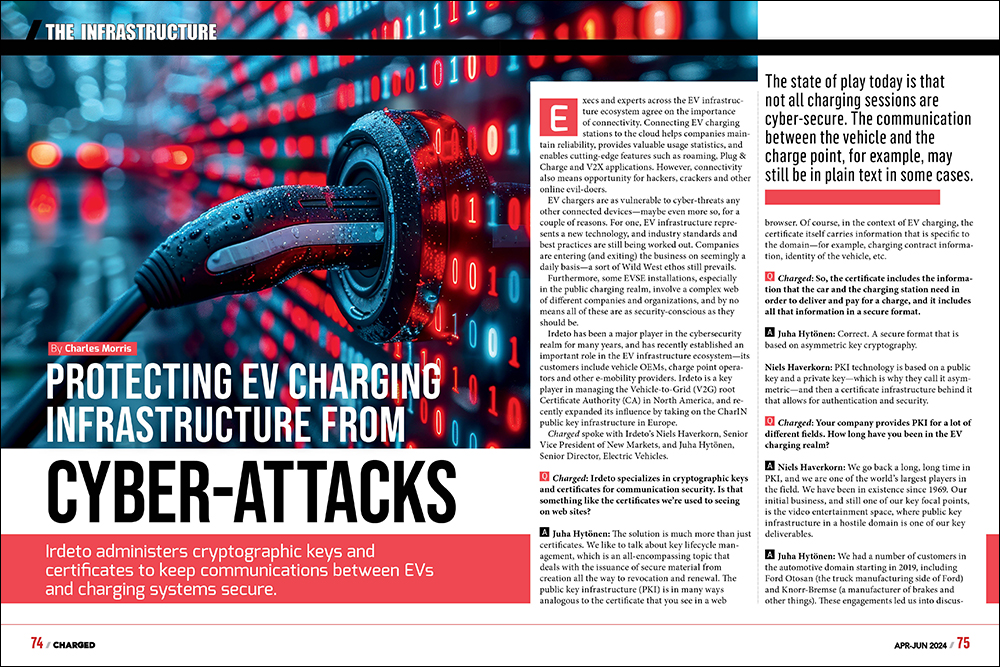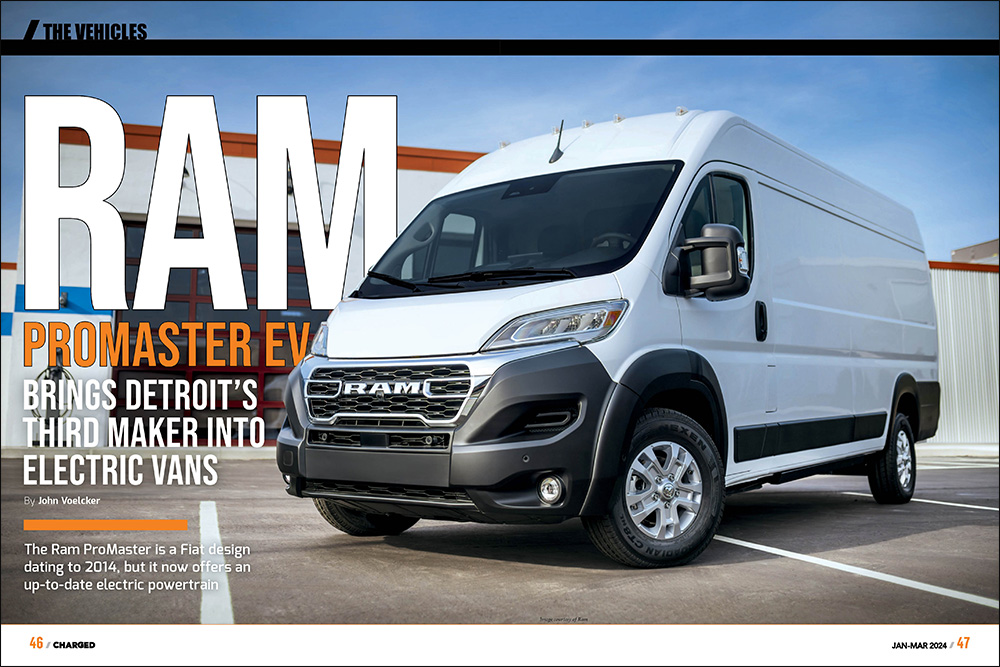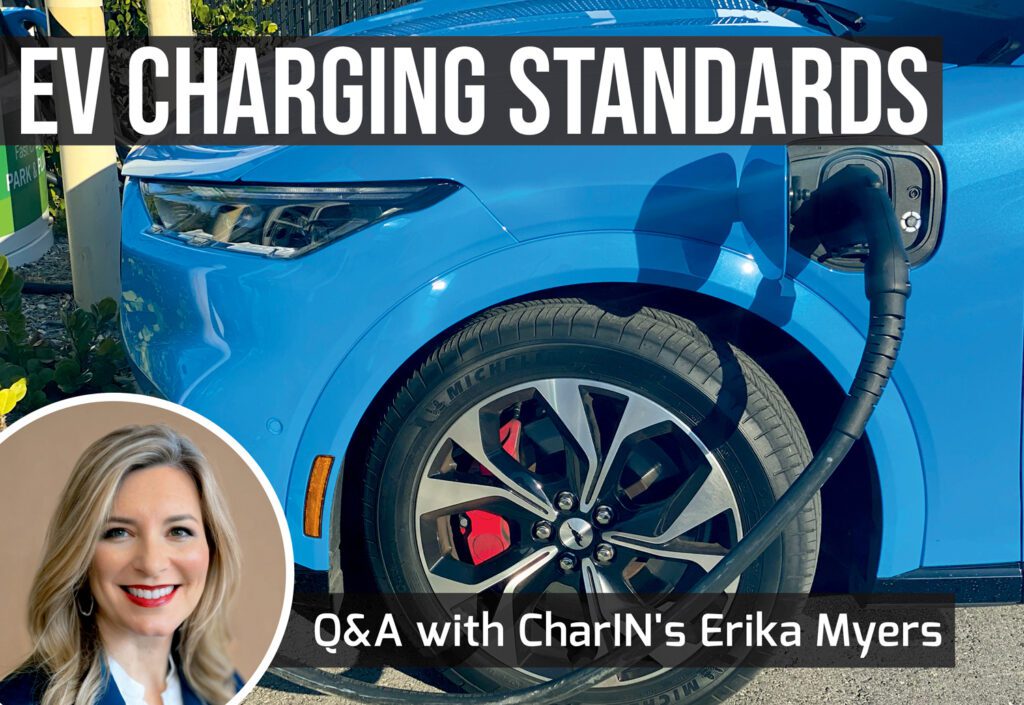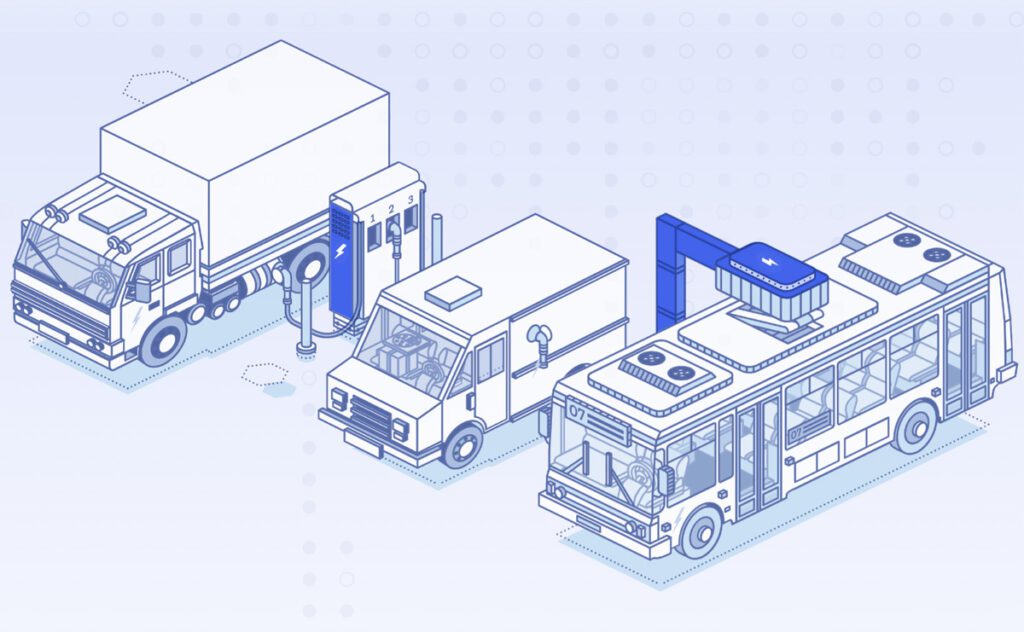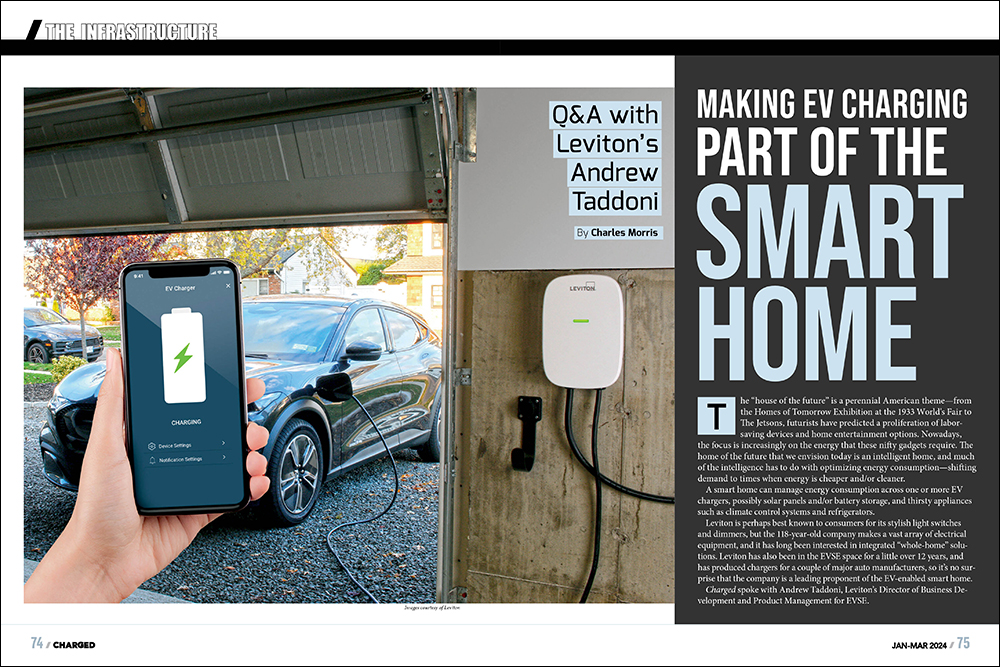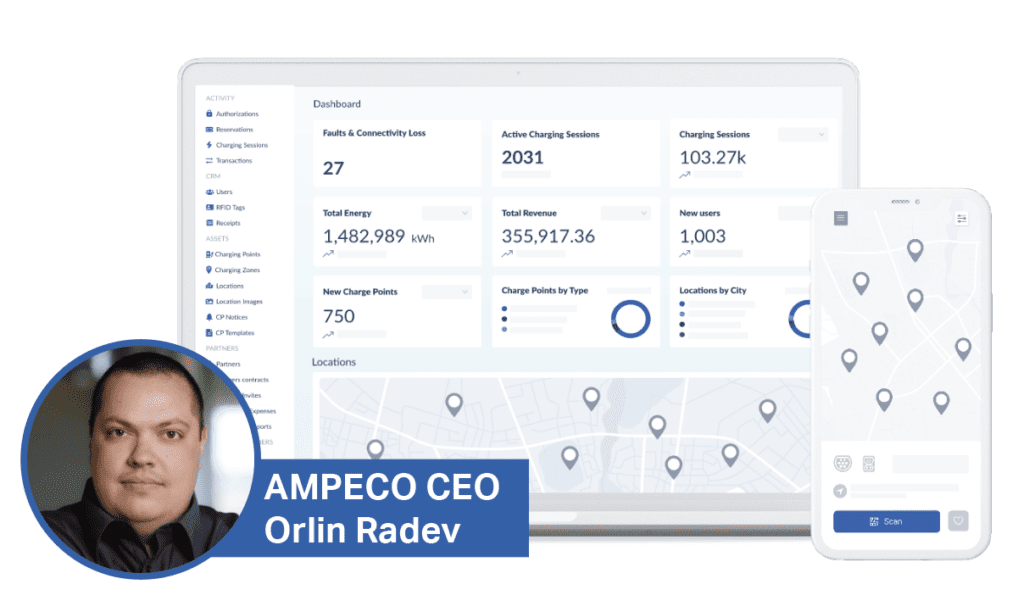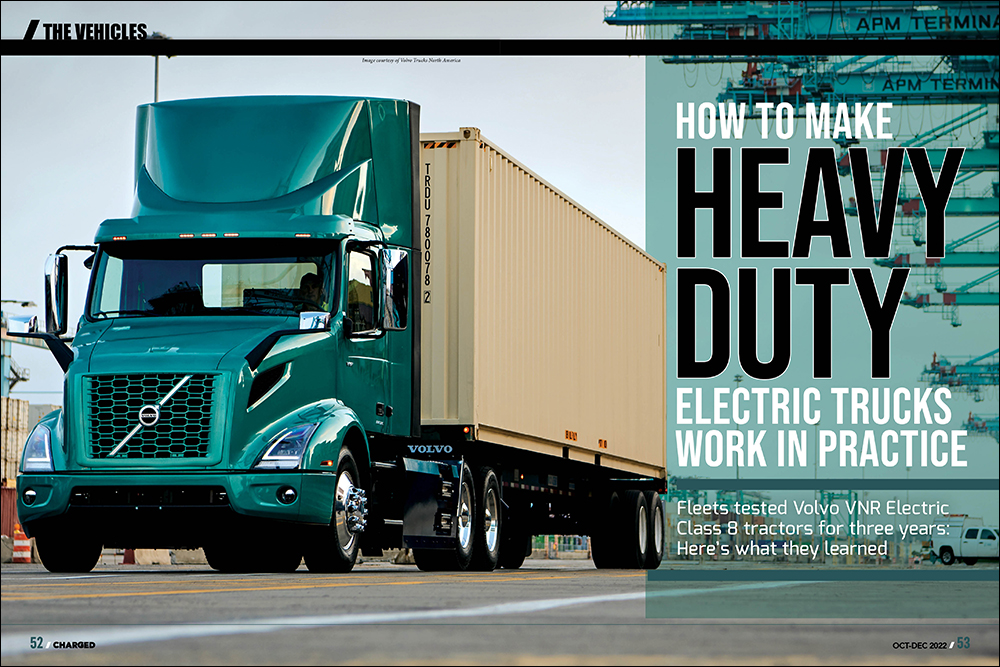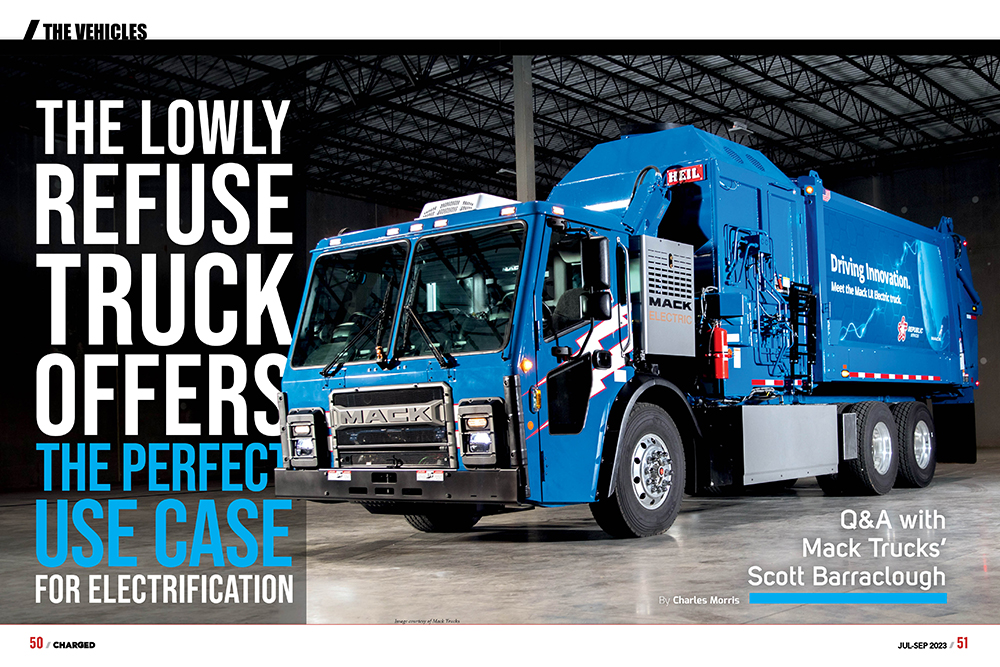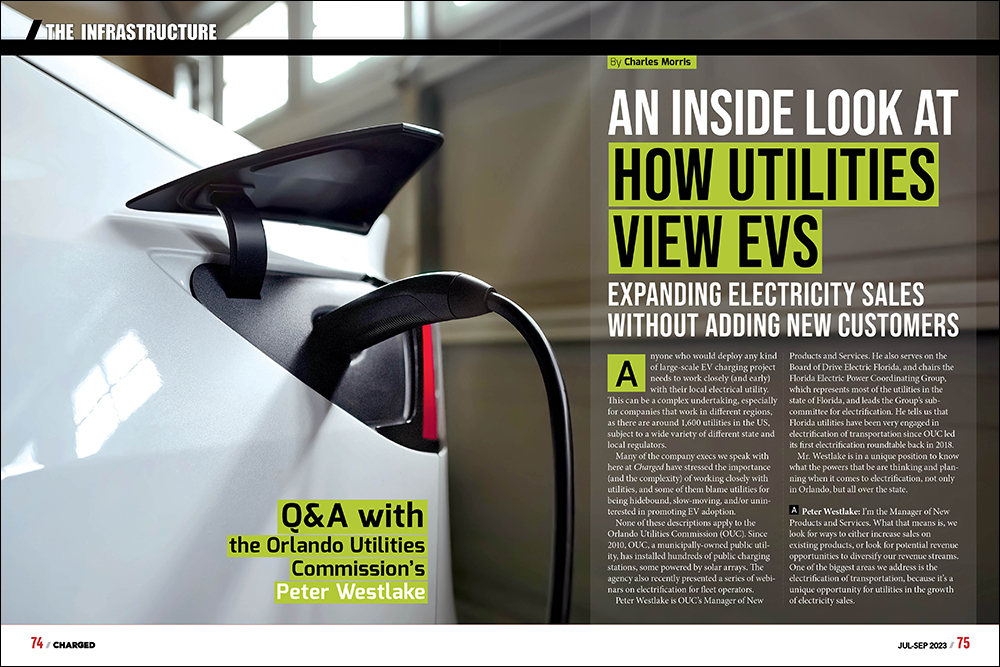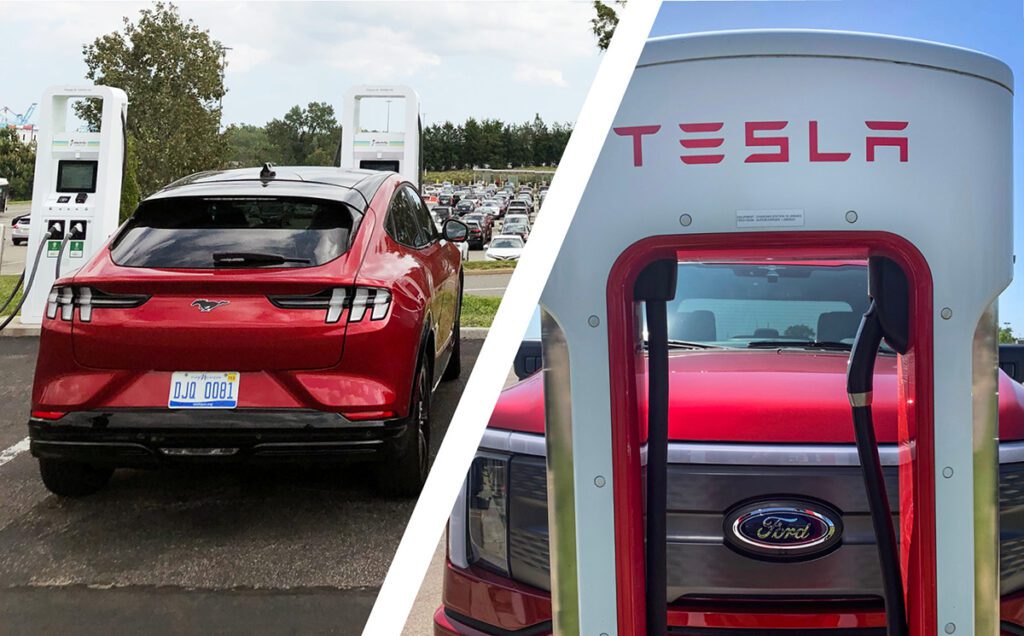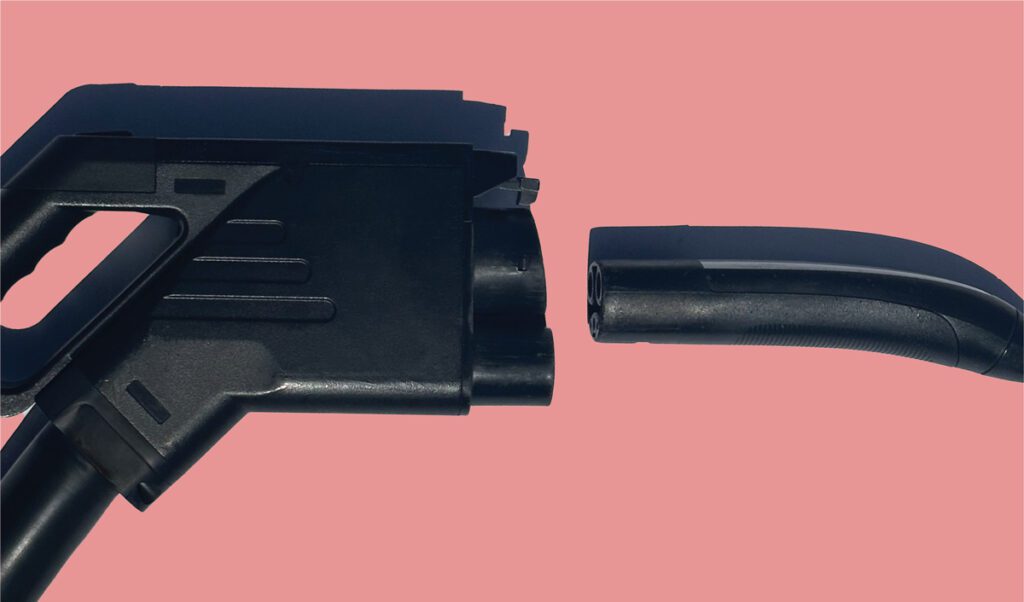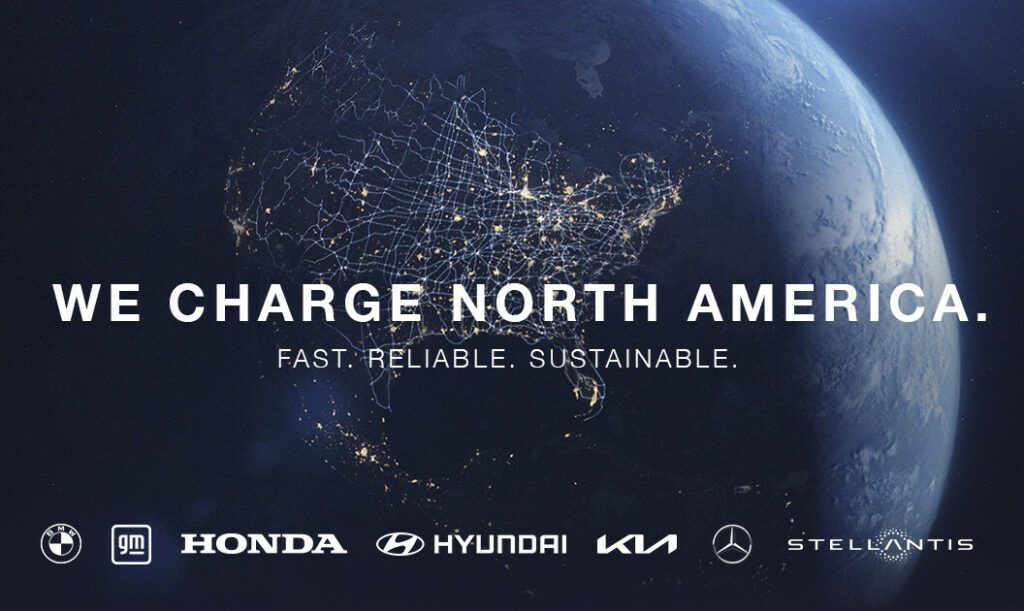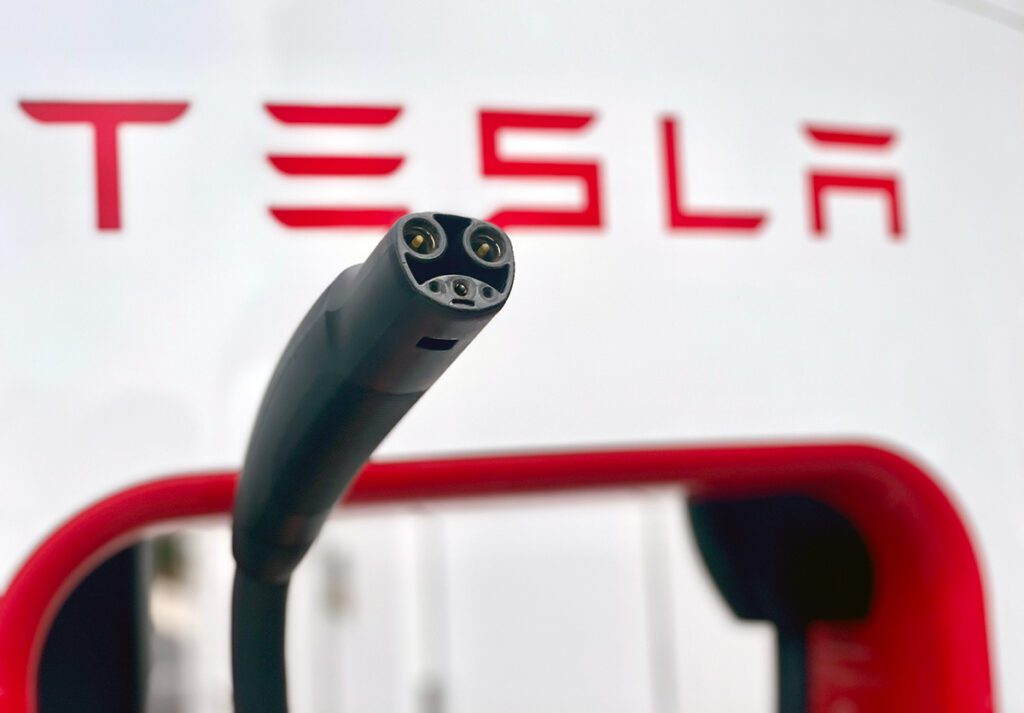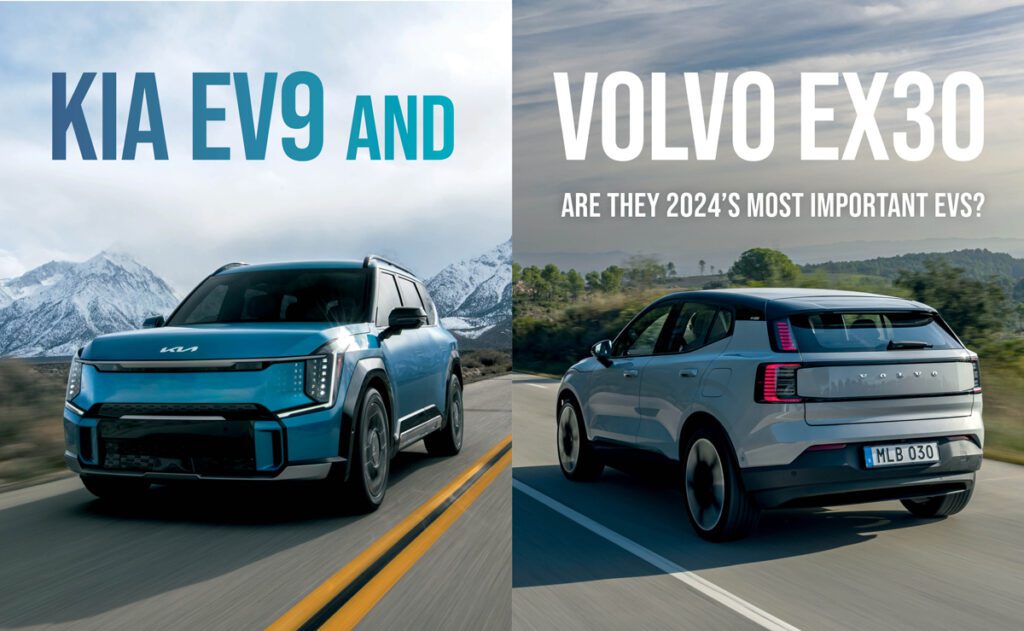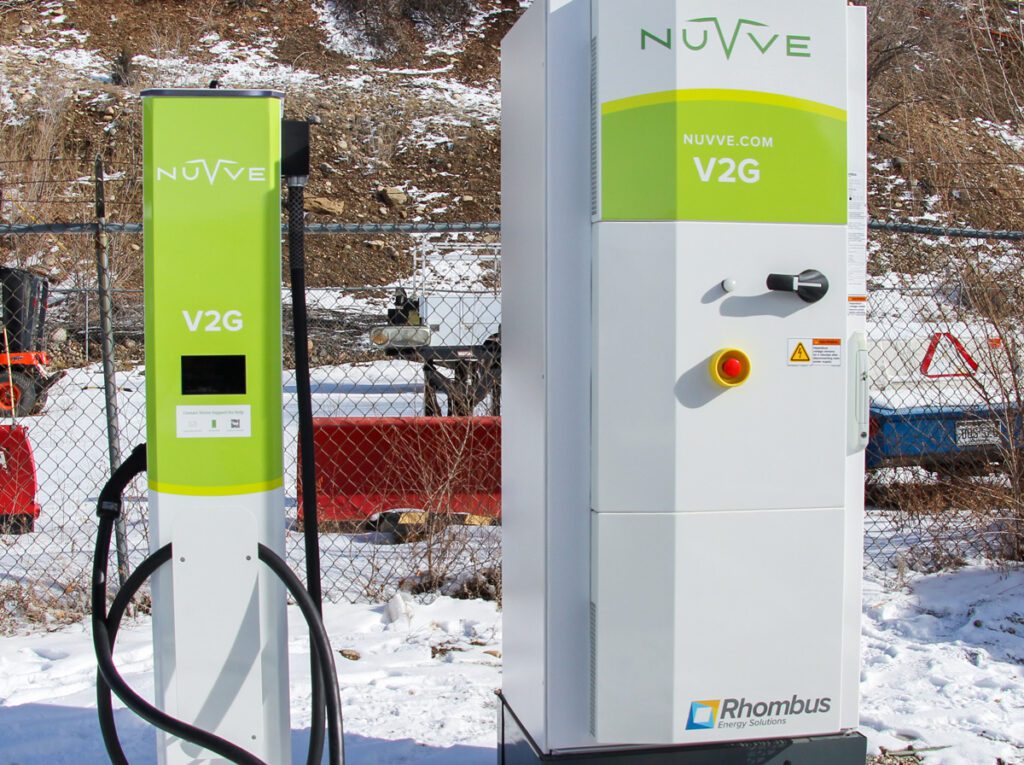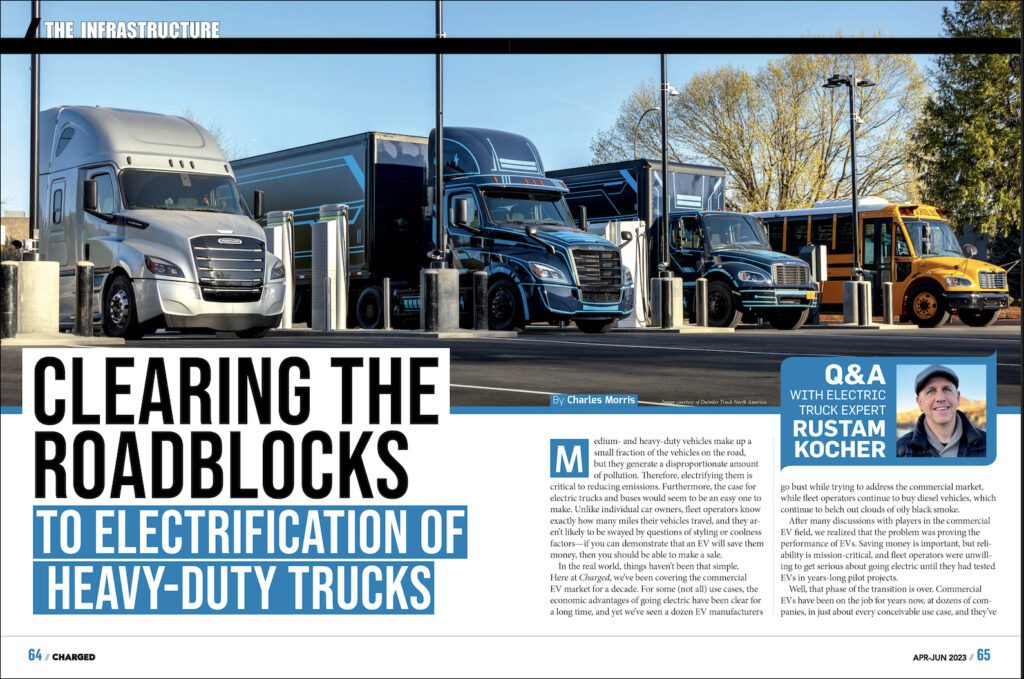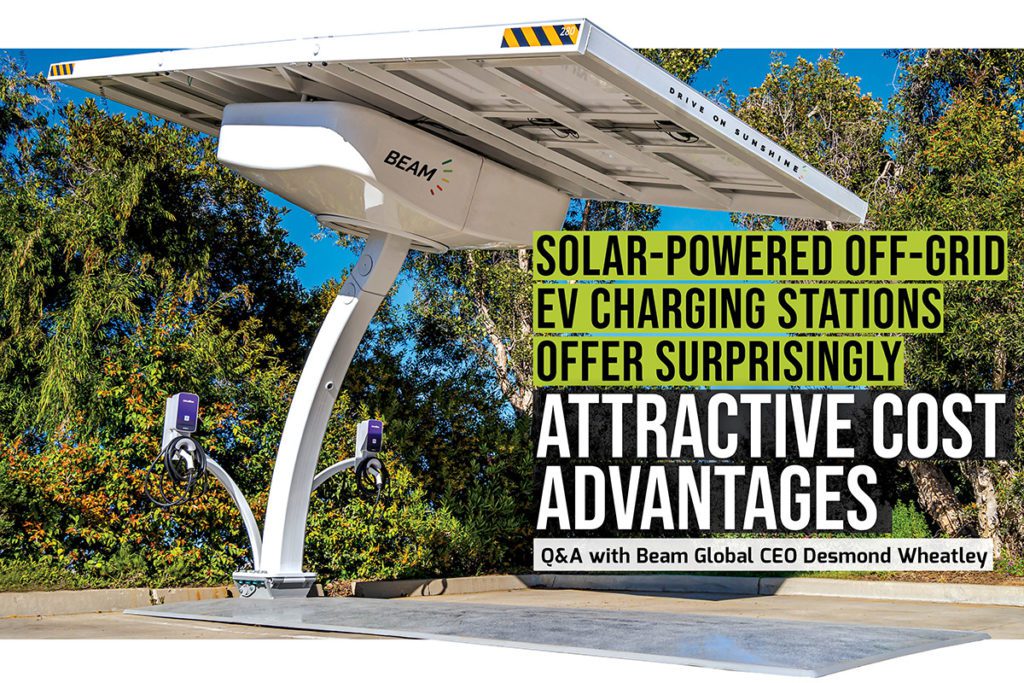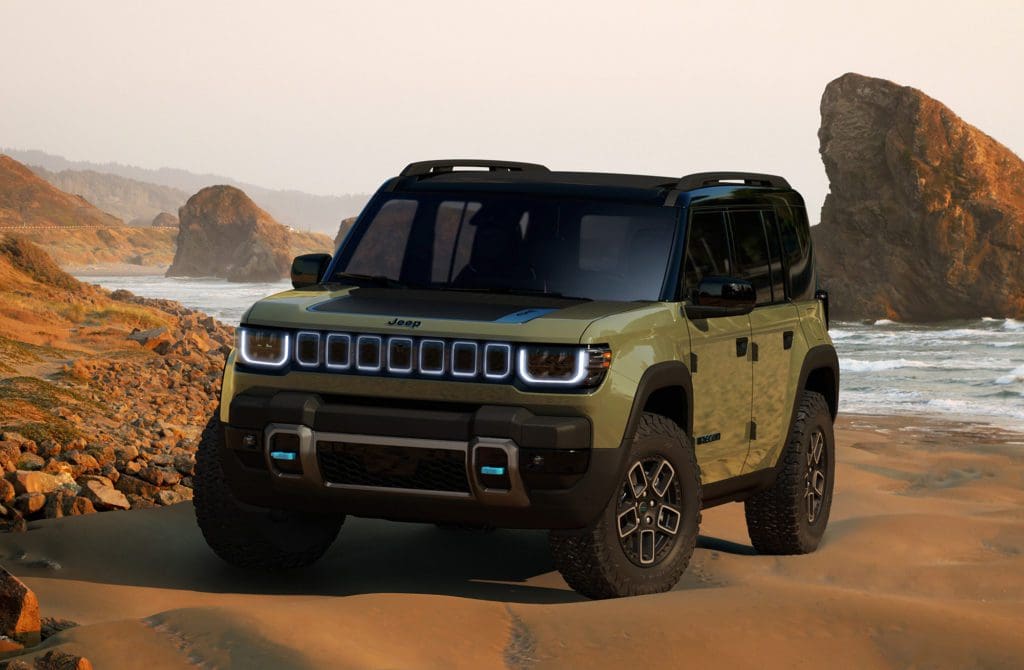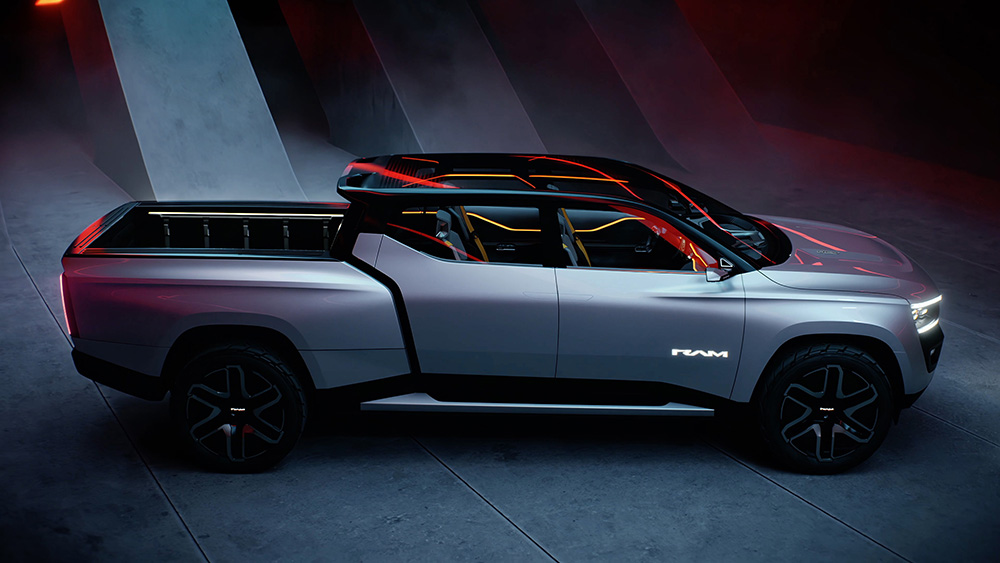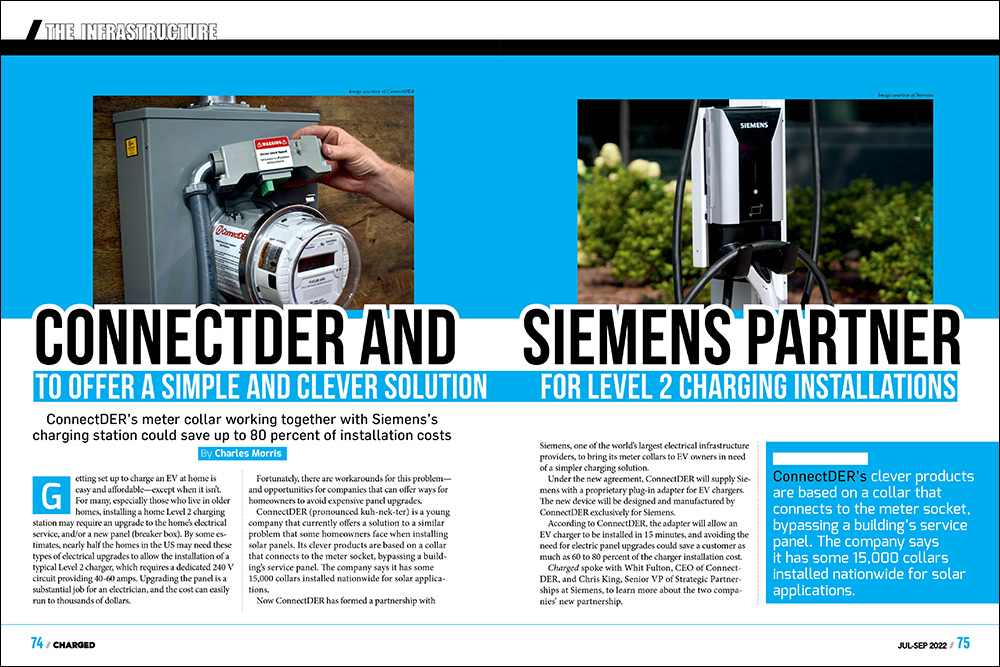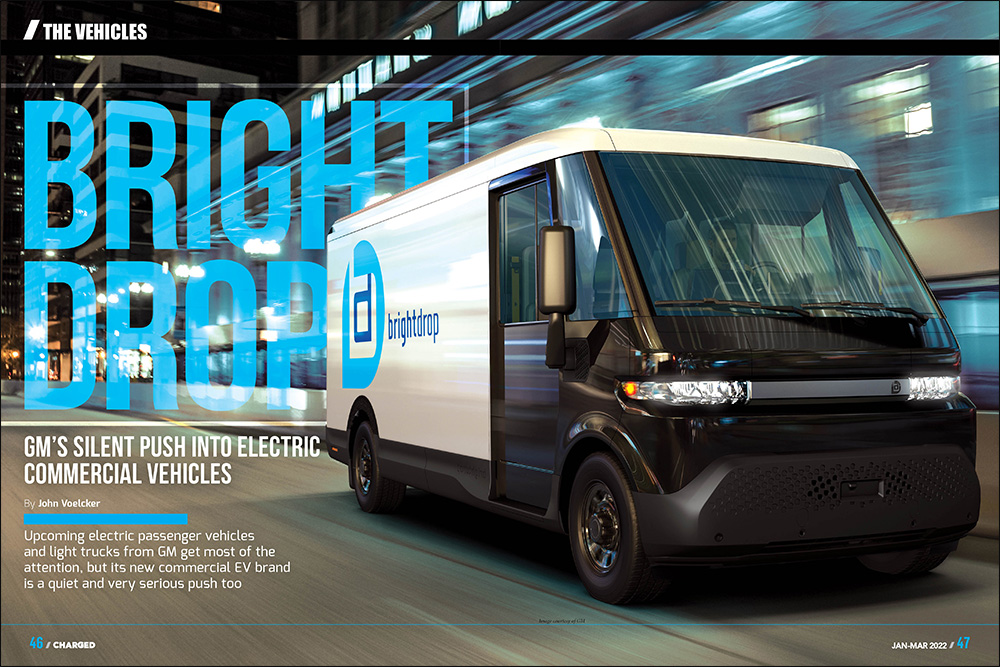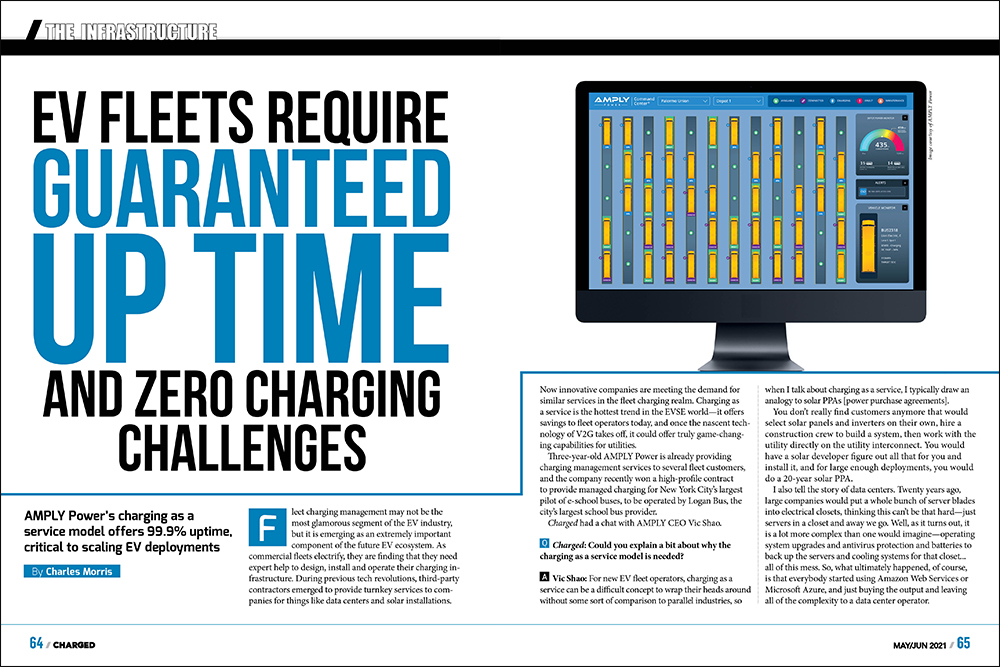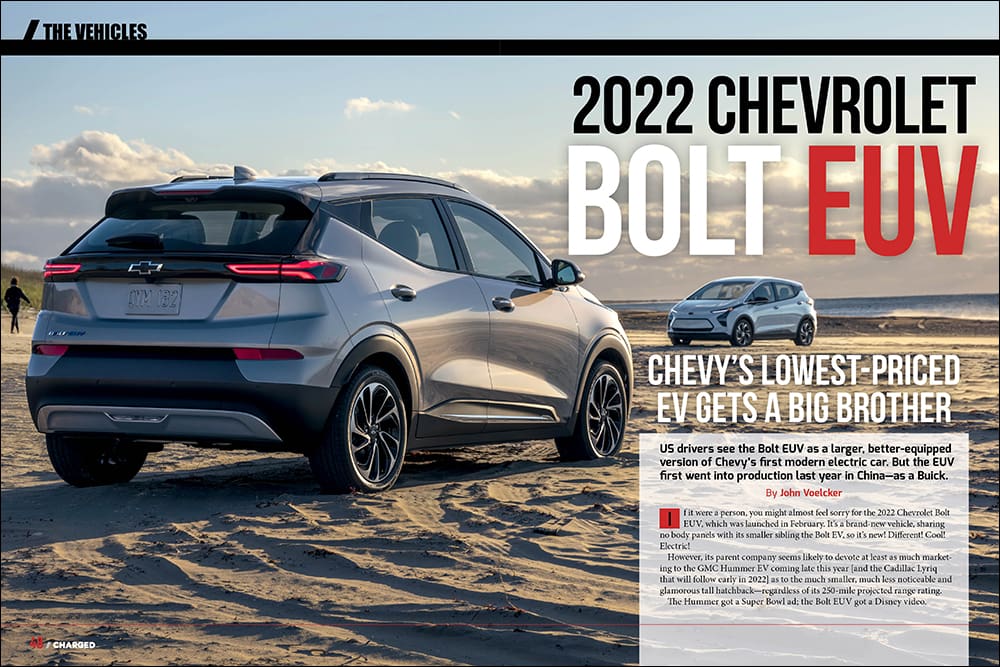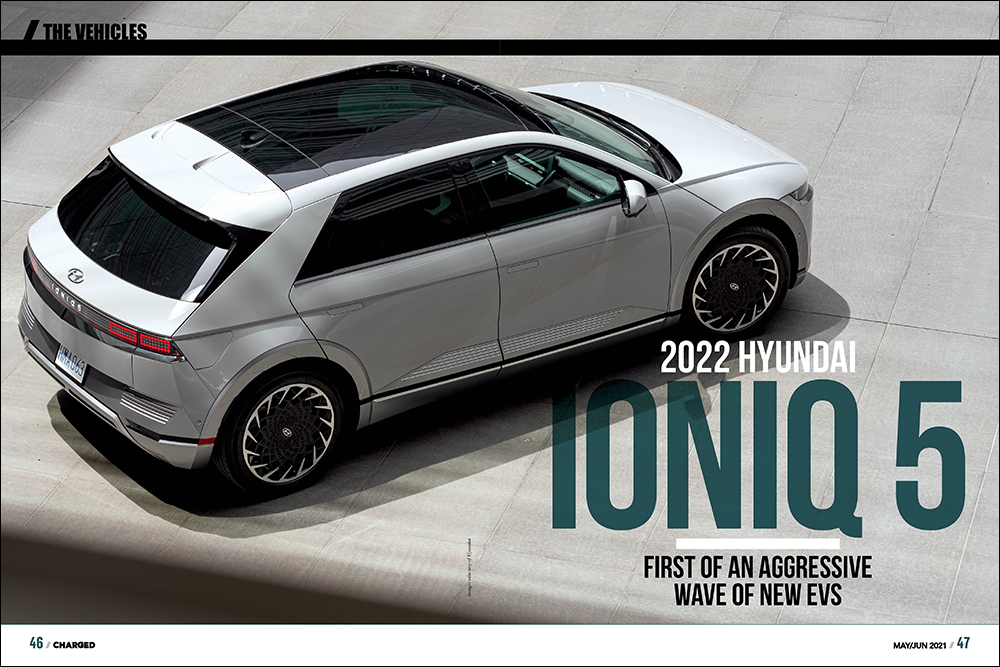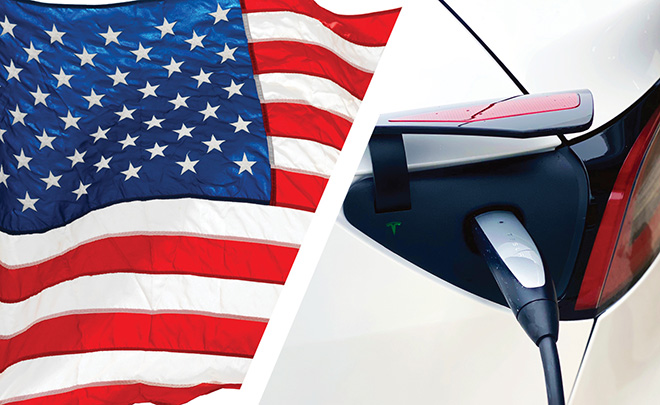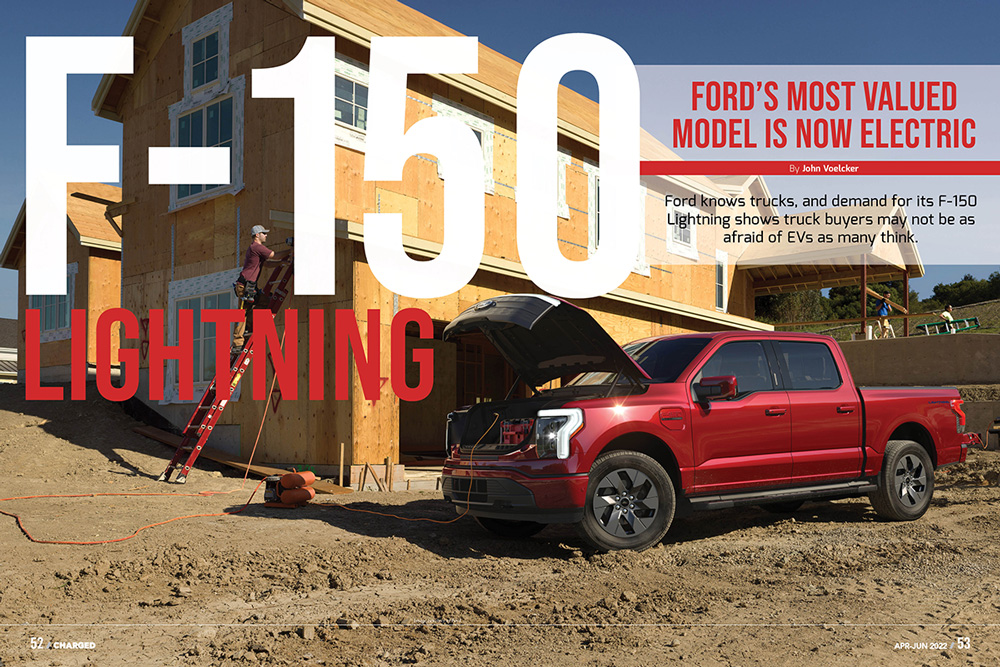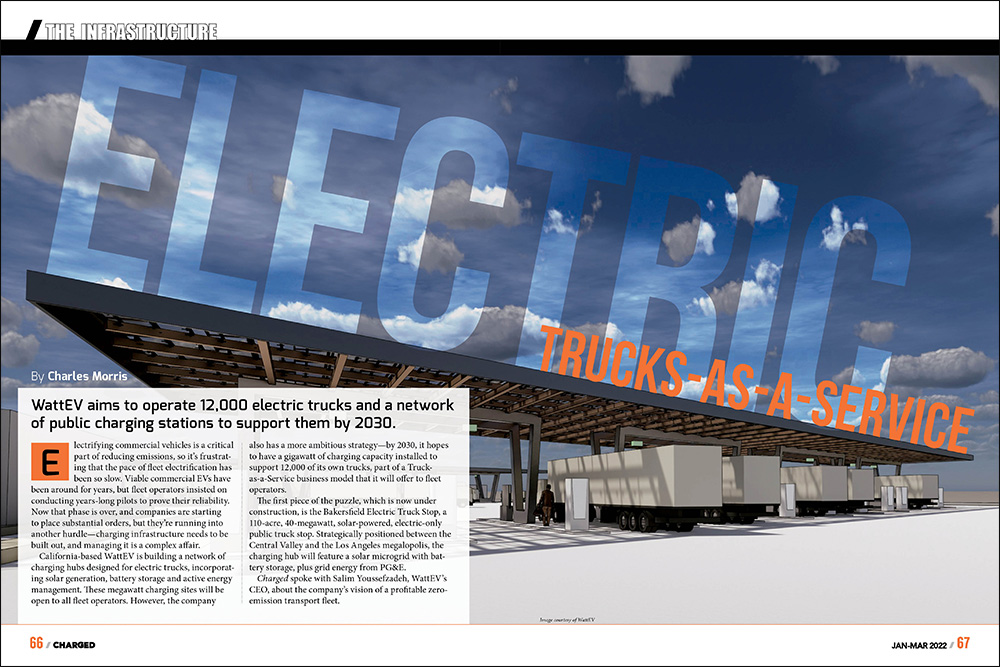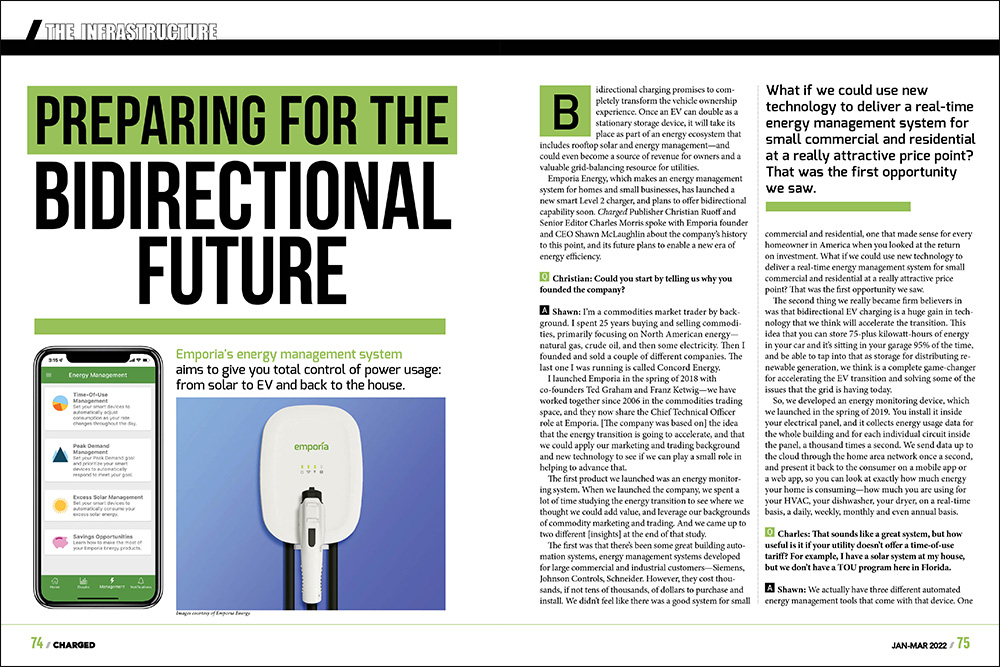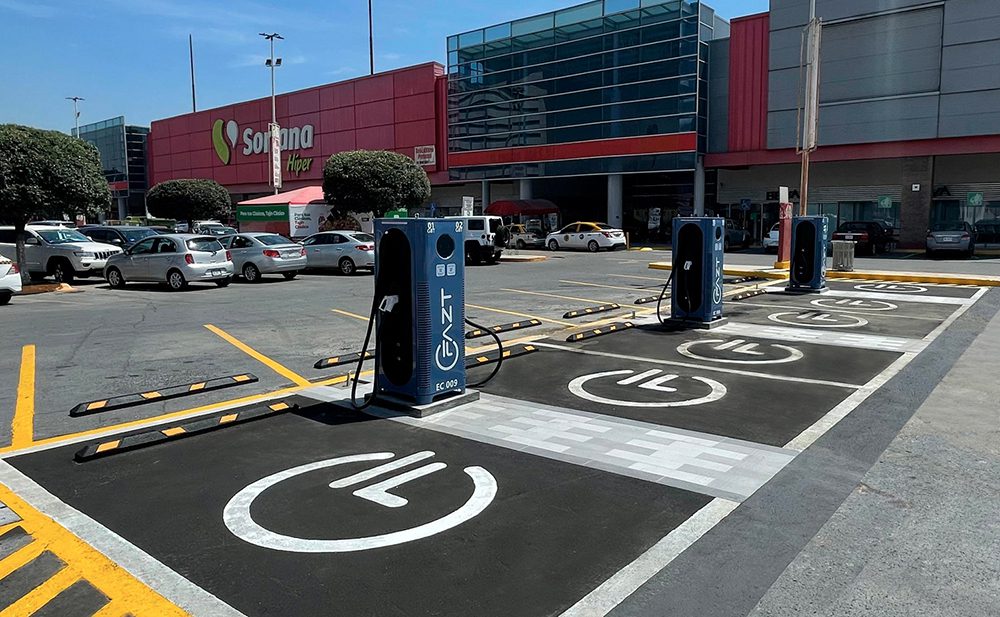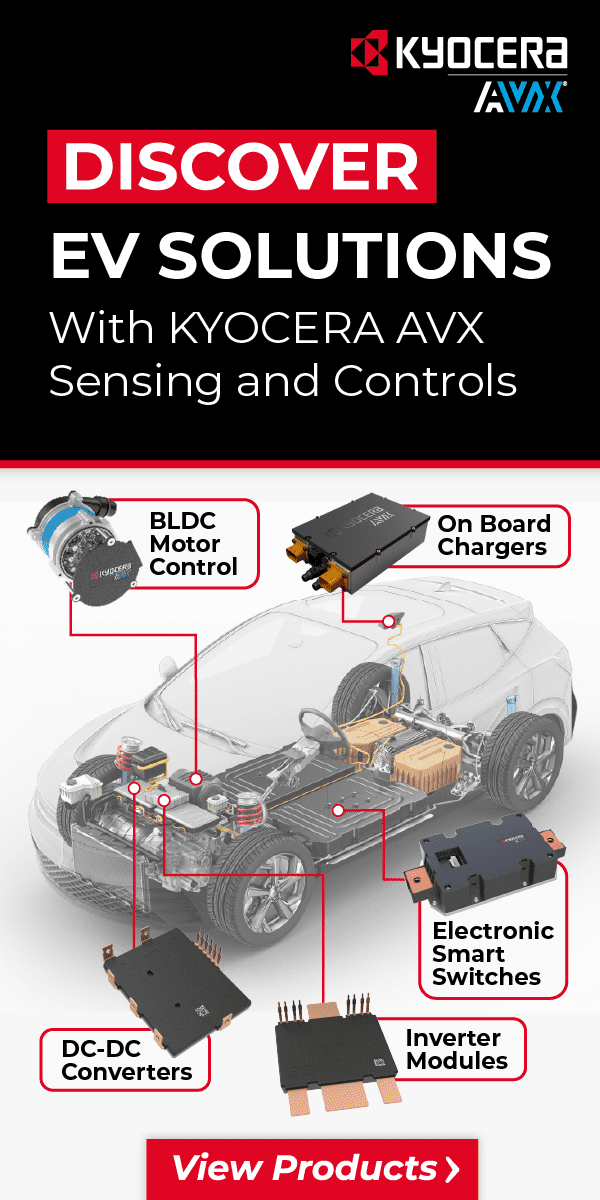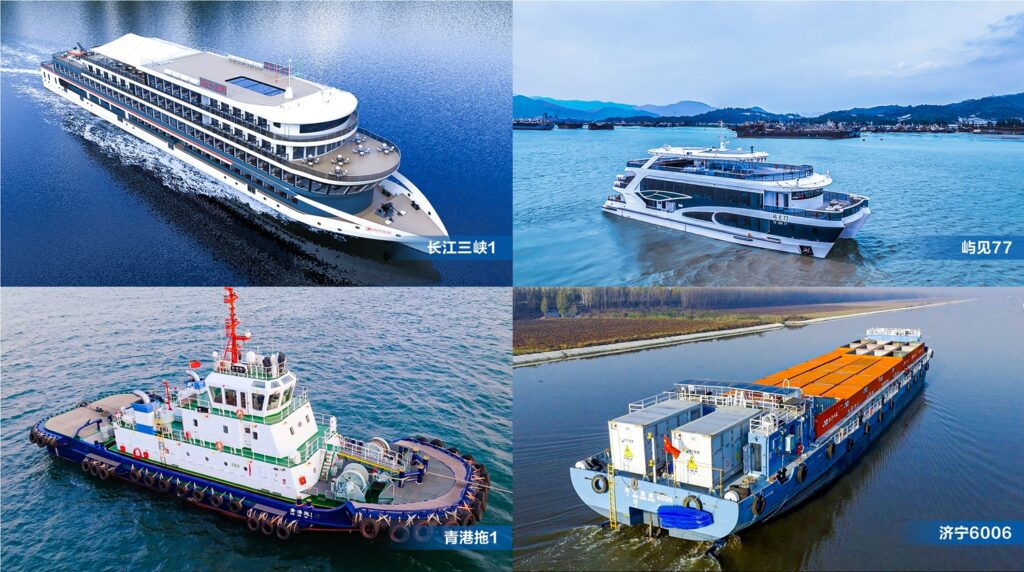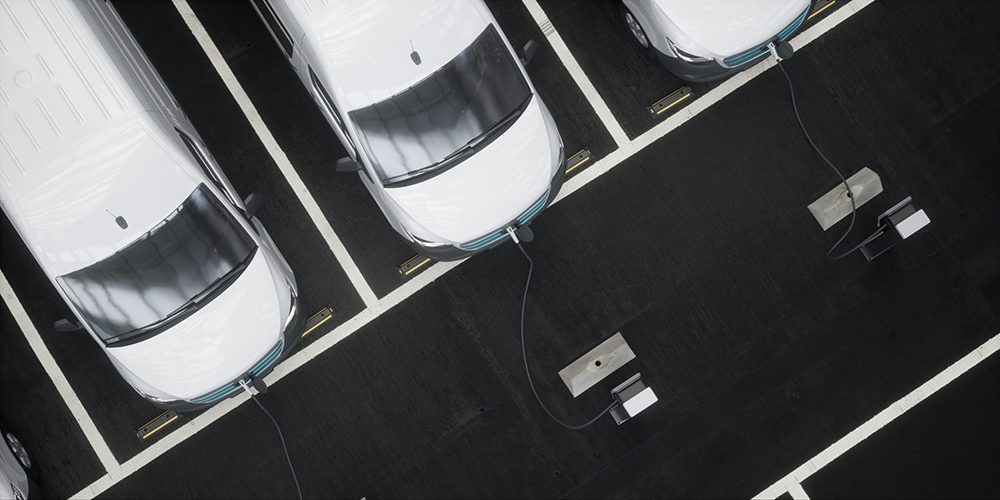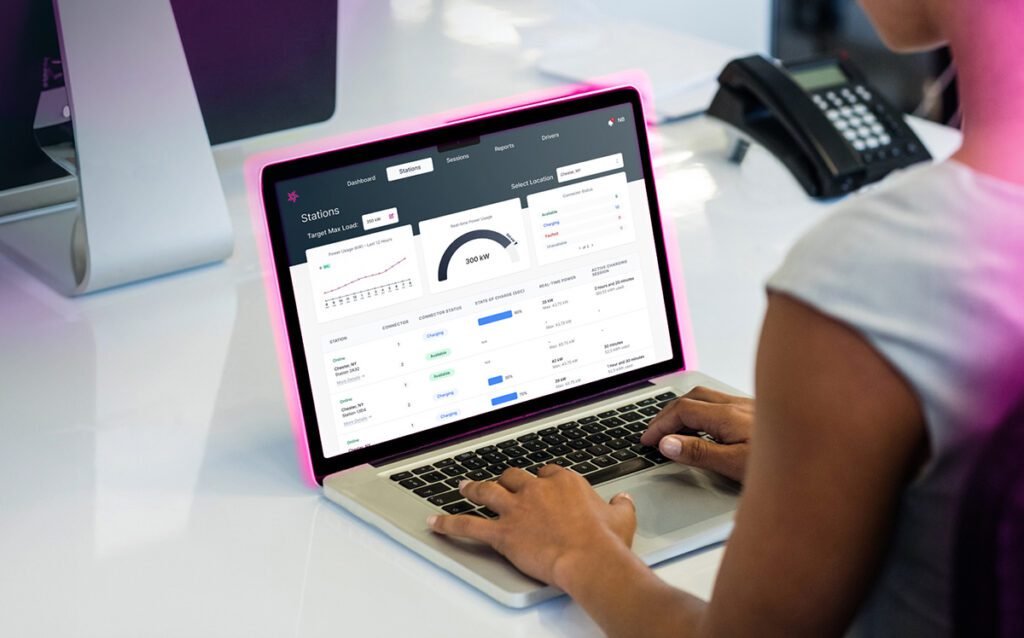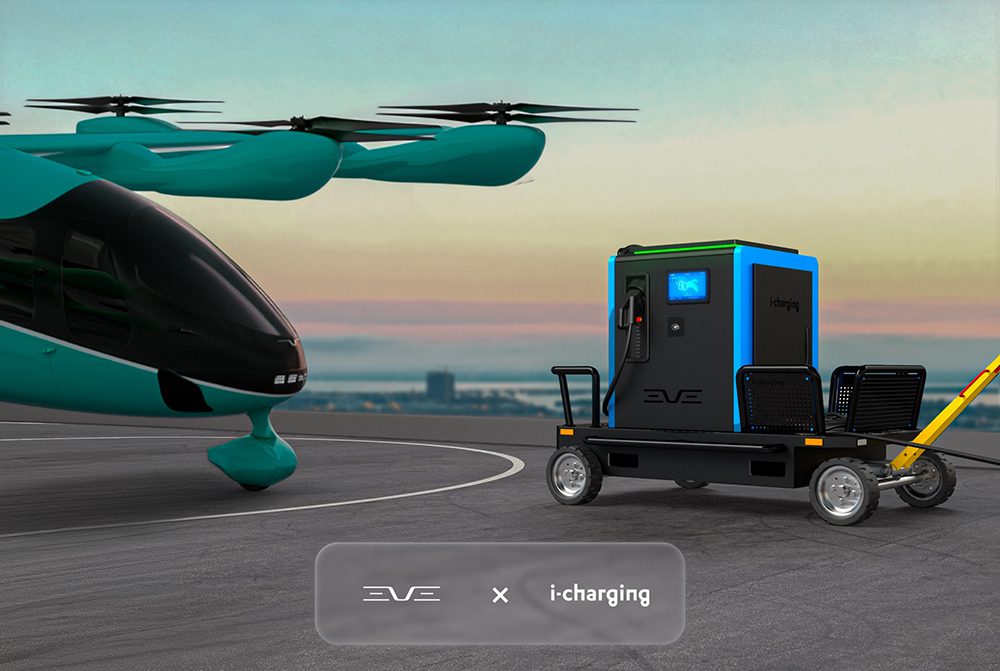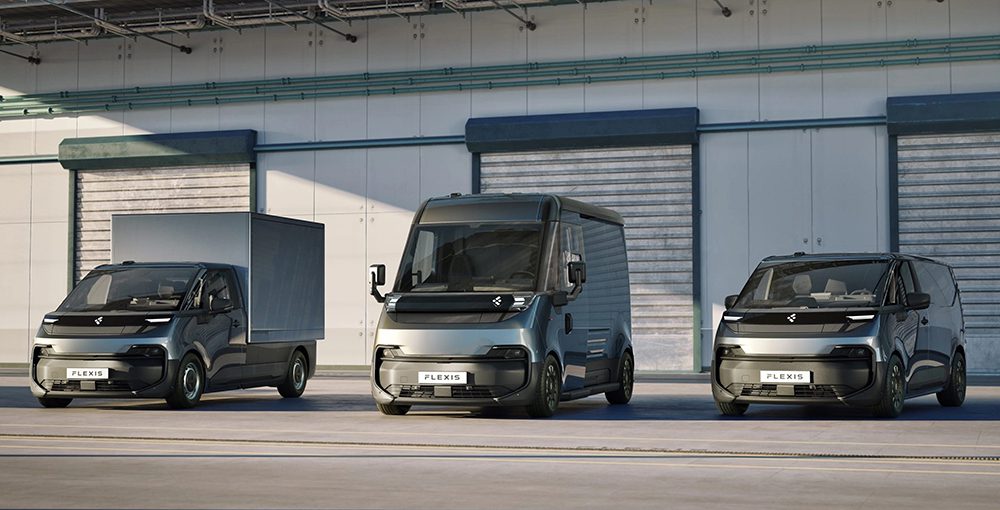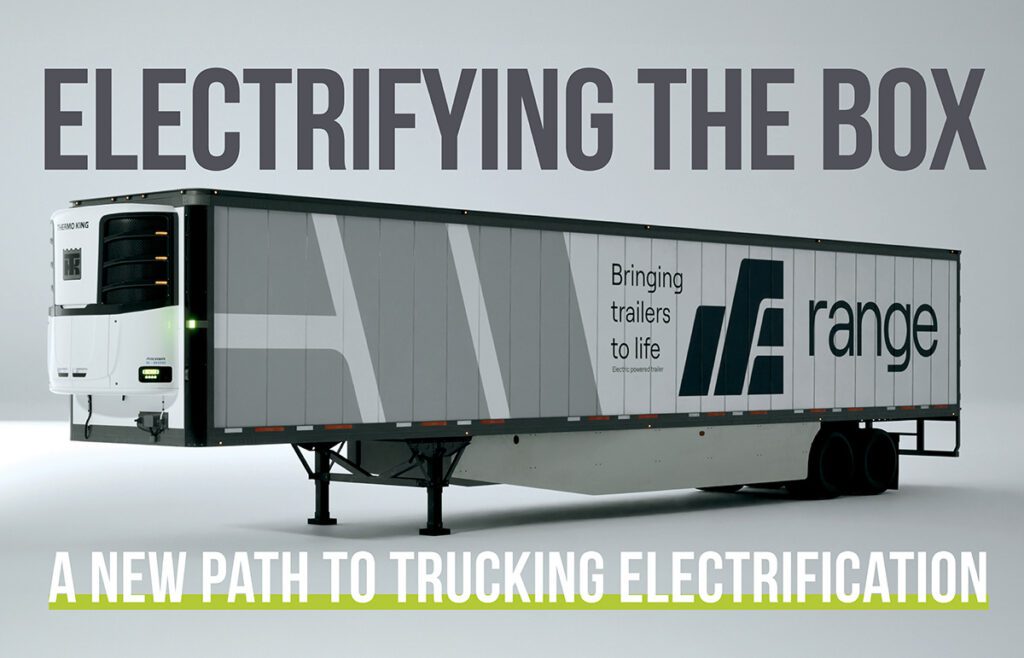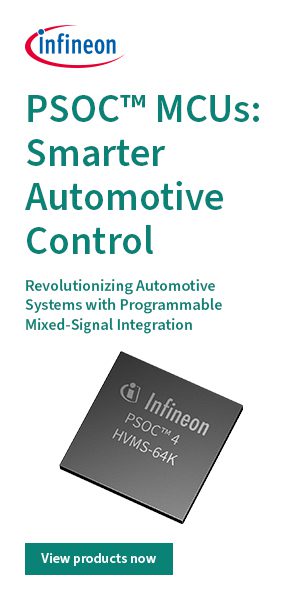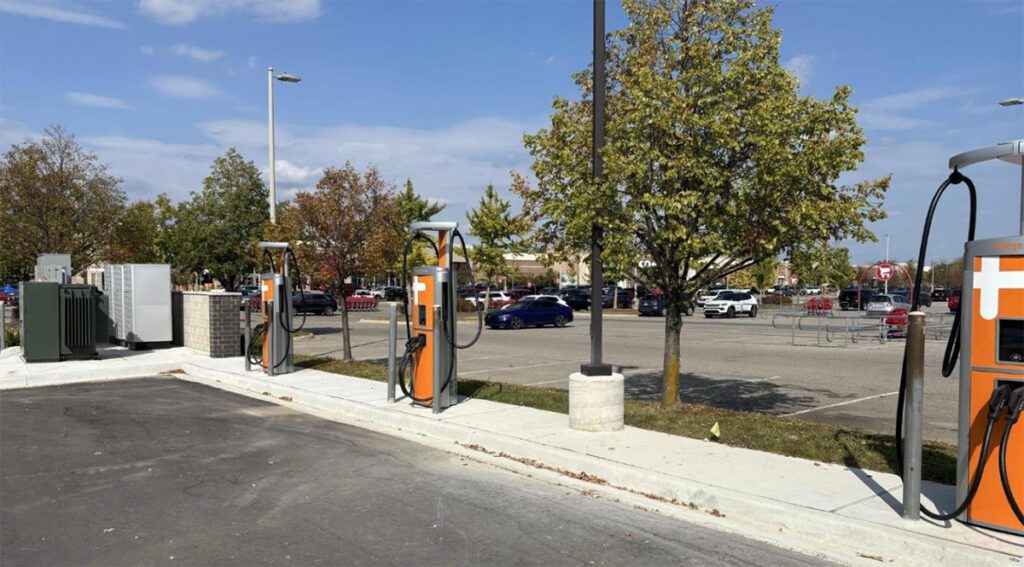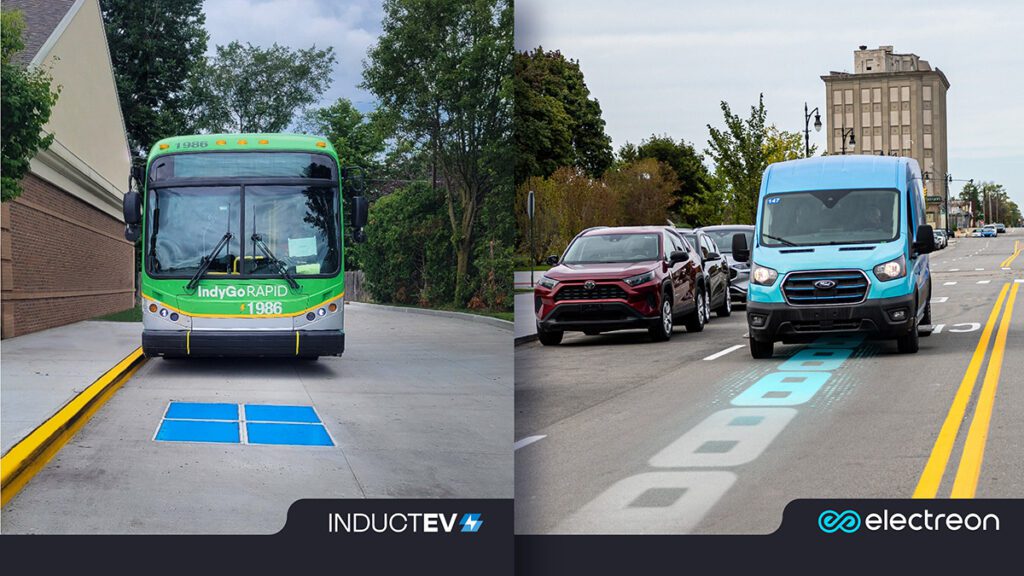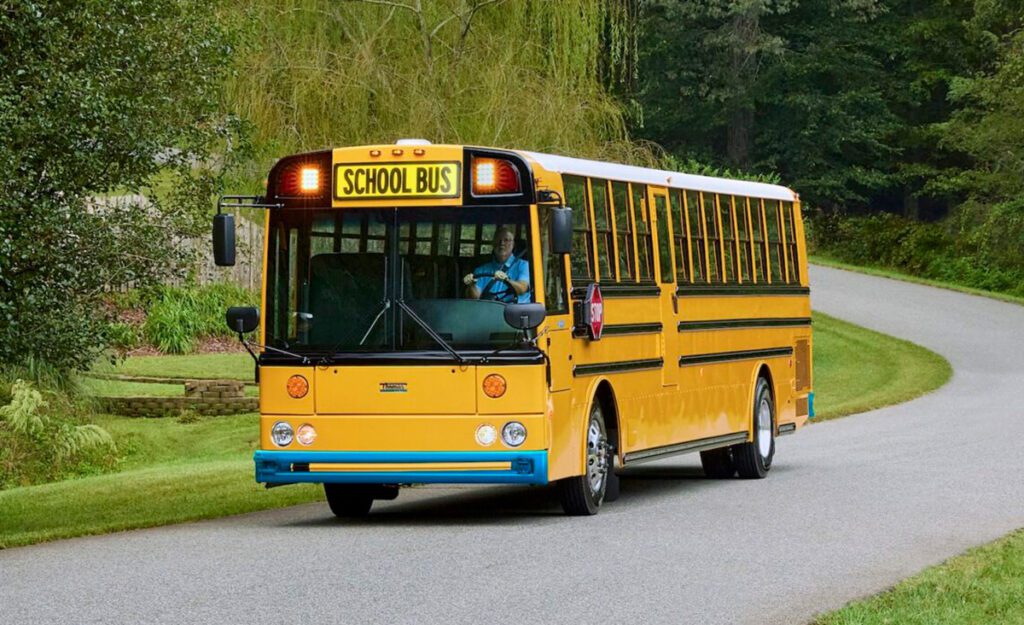EnviroSpark runs its own EV charging network and helps others with installations, including Tesla, Volkswagen and Ford.
The parlous state of public charging reliability has emerged as a major roadblock to wider EV adoption, and the entire industry is going through a soul-searching phase, trying to identify the roots of the problems and correct them.
Contrary to what some might assume, most public charger malfunctions aren’t the result of drivers abusing or damaging the hardware. Numerous charging industry experts have told Charged that the seeds of reliability problems are often sown during the planning and installation process, before the first EV plugs in.
EnviroSpark is a vertically-integrated installer and operator of EV charging stations—it handles electrical design, permitting, inspections, construction and installation, and ongoing operation and maintenance. In addition to running its own network, the company is responsible for the installation of more than 7,800 charging stations for Tesla, Volkswagen, major utilities and others, and is currently working with Ford to deploy charging infrastructure at dozens of its US dealerships.
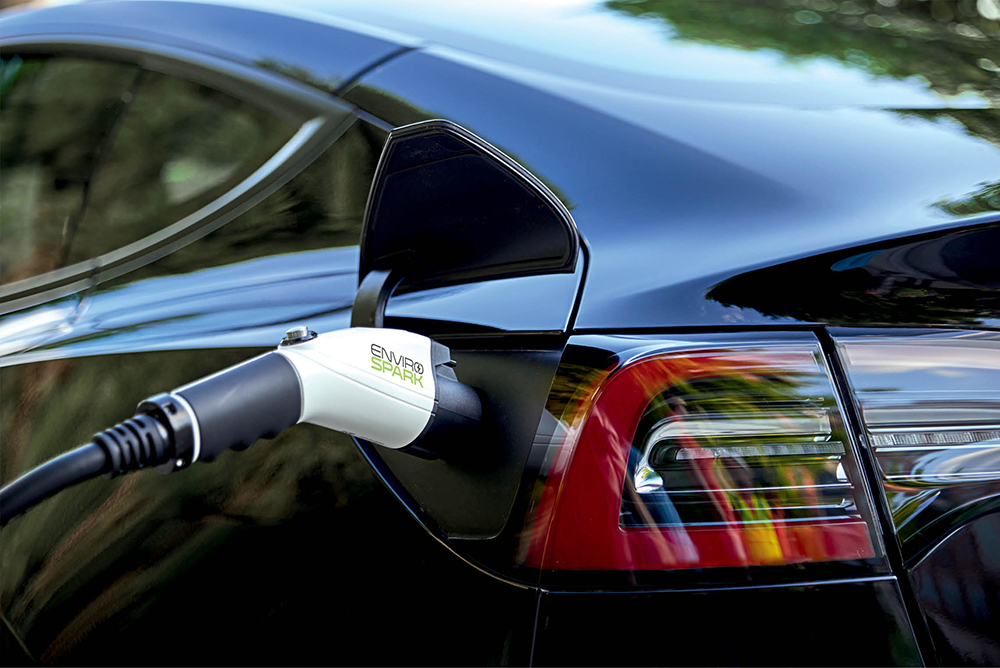
EnviroSpark’s design and installation teams have learned a thing or two about how to do it right the first time (and what can happen if somebody doesn’t). Founder and CEO Aaron Luque shared with us some of the insights his company has gained about how to design and build a charging project that will be efficient and reliable.
Charged: Would you describe what you do as a turnkey service?
Aaron Luque: It’s fully turnkey and it’s vertically integrated. We set out to be able to do everything in-house—we can find the sites, do all the site design work, pull the permits, dig the trenches, run the conduit, install the breakers, and do the utility coordination, as well as provide and maintain the chargers and software to operate them.
When we got into the industry in 2014, EV charging was a relatively new thing for electricians and general contractors to try to take on. And even to this day, I don’t know of any other companies that are contractors that specialize only in this type of work at a national scale. So I think we were able to provide a lot of value to those companies that were looking to do this at scale. Over the last 10 years we’ve been held to the highest standards of quality and workmanship by groups like Tesla and Volkswagen, and we’ve been able to leverage that experience to be the best partner possible for our current and future clients.
Too many cooks
Charged: I suspect that a big reason for the poor reliability of public charging stations is that a dozen different companies might be involved in installation and deployment. Does having everything in-house help to avoid reliability issues?
Aaron Luque: That’s a great point. What we found early on when the market was disjointed, let’s say somebody else had their electricians run the electrical wiring and we’re doing the final connections, we have no control over the quality of the design or the runs for the circuits. Maybe a station starts acting up, we send our maintenance guys out to look at it, and we determine there’s an issue with the circuit. Then maybe the electrician comes out and says, “No, it’s the charger.” And we say, “No, we’ve already tested the charger.” Meanwhile the stations aren’t working and everybody’s upset because you have people finger-pointing.
What we found early on when the market was disjointed…the stations aren’t working and everybody’s upset because you have people finger-pointing.
It’s the same thing with communication. If the client wanted to save a few bucks on the monthly fee for us to operate the stations for them, they could provide us access to their network. But then let’s say their IT team updates the firewall or something, or the router goes down, people are calling us, they’re angry our stations aren’t working, and then we have to get on the phone with their IT department.
It’s our name on the stations a lot of the time. And it actually wasn’t an issue on our end. So we prefer to do everything. We have our own wireless network that we’ve set up for the stations. Unless it’s somebody like Tesla that has their own network.
Maintenance: Who, me?
Charged: Even when a site gets designed and built efficiently, I imagine ongoing maintenance is still critical.
Aaron Luque: In the early days, when very few vehicles on the road were EVs, many sites that were hosting charging stations were only doing so because an incentive or rebate program was footing the bill. The early programs, whether through government, utilities or auto manufacturers, would typically only cover the initial hardware and installation, but not any of the maintenance or upkeep. The flaws in these types of programs didn’t present themselves until years later when the stations would start experiencing issues and there were no maintenance programs in place or funding available for repairs.
The flaws in these types of programs didn’t present themselves until years later when the stations would start experiencing issues and there were no maintenance programs in place or funding available for repairs.
The site hosts in many instances did not want to pay for repairs on something they received for free, which would lead to defunct and inoperable stations and ultimately less-than-ideal driver experiences. Another example is that early charging station manufacturers used to install 3G communication modules in all their stations. When cellular providers discontinued 3G service, 100% of these stations stopped being able to run transactions, report problems or be accessed remotely for troubleshooting. With tens of thousands of stations in the wild using 3G at the time of its discontinuation, you can see how this might present a reliability issue. The same issue about who should pay to resolve these types of problems after installation played out in this scenario as well. The good news is that all parties involved, including governments, utilities and EV manufacturers, have identified these challenges and are addressing them so that five years from now we will not be experiencing the same issues. Tesla is a great example of this.
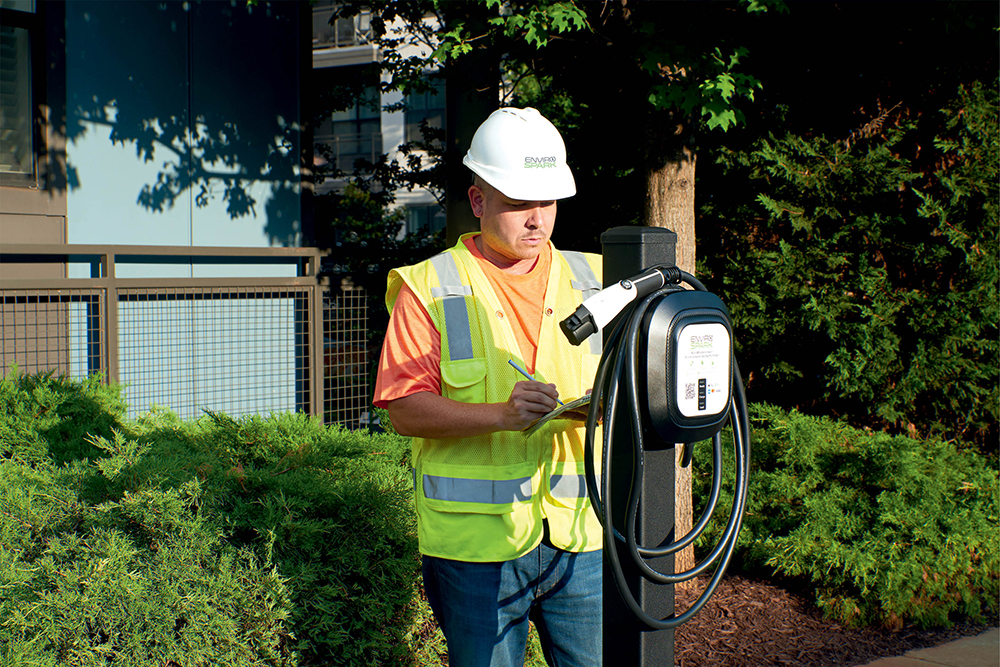
Charged: It sounds like Tesla has done a good job of following up and making sure that the brand didn’t get damaged by reliability problems. Other companies not so much.
Aaron Luque: You’re right about that. So much of their brand and their ability to sell vehicles hinges on the strength of their charging network, and they’ve done a lot to ensure that confidence in their network remains high.
With regards to other companies, they are now fully aware of the impact of reliability, and they are all working diligently to try and attain the same levels of driver confidence that Tesla currently enjoys. The fact that most rebate and subsidy providers now demand a minimum 5-year maintenance plan as a part of the funding requirements doesn’t hurt either.
With Tesla’s Destination Charging we would help find sites as well as design and build them. With Supercharging it was more like they would already have the site identified and hand us a set of prints and say, “build this.”
Charged: You’ve done installs for Tesla on both Destination Chargers and Superchargers. In the latter case, you just do the install, right?
Aaron Luque: That’s correct. With Destination Charging we would help find sites as well as design and build them. With SuperCharging it was more like they would already have the site identified and hand us a set of prints and say, “build this,” and then we go pull the permit and we do the construction work for them.
In the old days we were a go-between. Now we are supporting the design part, and then Tesla is actually working directly with the client on the approvals. They’re basing it on our design, and then they have a direct contract that now solves that issue with the maintenance and the upkeep.
Connectivity is key
Charged: I used to assume that charging networks wanted their stations connected to the internet because they wanted to gather data on their customers. But after talking with so many charging industry experts, I understand that it also provides resources for monitoring uptime and diagnosing problems remotely.
Aaron Luque: Absolutely. We used to install a lot of what you would probably call dumb stations, because I just wanted to do whatever was best for the customer and get them the basics of what they needed. Some would say, “Hey, I don’t care about the data, I just want people to be able to plug in and charge.” We used to see a lot more of that. Now the vast majority are smart chargers with that cellular component.
This comes with a lot of benefits. We’re not relying on drivers to report problems, or on an internet connection provided by site hosts. We have direct access to the chargers. We can be proactive in our monitoring and in our maintenance agreements with the client. Our goal is for the client and drivers to never even know that there was an issue on a station. We can find out immediately if something doesn’t report in, or if it reports in with a problem.
A lot of times we can remotely troubleshoot now because everything is networked, and if we need to, we can get somebody out within 24 to 48 hours to fix it in most cases. The Level 3s are a little bit more nuanced and complex, and sometimes we have to get parts that we don’t have in stock to do repairs, but on the Level 2 side, we stock all the different Level 2 chargers. So if something needs to be repaired and it’s not checking in, we just show up and swap it out.
Charged: It sounds like dumb stations are on their way out, because you want to have that capability to monitor them.
Aaron Luque: Yeah, and I would think the customers would too. We’re really seeing the value in maintenance now. After installing 7,800-plus stations and maintaining those over time or getting the calls for the stuff that’s out of warranty, we have realized that there is significant value in having con-nectivity.
Avoiding utility bottlenecks
Charged: You work with a lot of utilities. I constantly hear people in your line of work saying, “These utilities take forever, they’re slow.” And then I speak to people at the utilities and they say, “Well, it’s not us.” I know the advice you’re going to give is to talk to the utilities early in the process. But what other tips would you give for somebody doing an install? How can they avoid those utility bottlenecks?
Aaron Luque: I hate to shamelessly use it as a plug for us, but I’ll say, use us or someone like us who has a relationship with the utility. That’s a benefit for us on multiple fronts, the fact that we’ve worked with most of the major utilities and permitting jurisdictions, so we understand on the utility side how we need to design things and who we need to call to get confirmation that we can build things the way we plan to. That’s a big part of what we do on the front end, verifying that we can build it the way that we want to, and that they can bring in the power that we need.
Especially these big installs. Anything on the DC fast 480 V side, you’re typically having to do some level of utility coordination of electrical upgrades. You can design it, but if the transformer doesn’t have adequate power or they can’t bring in power for whatever reasons, then you can slow down your time to deployment.
It’s the same thing with the permitting office. I used to get laughed out of the permitting office when I would try to pull a permit for this stuff. They would say, “Why are you pulling it? I don’t even know what this is. Yeah, we’ll take your money and we’ll sign off on it.” But now it’s very rigorous what they require. And there are some jurisdictions (I won’t mention names) that are very, very difficult in terms of what they ask for in order to approve an EV charging project, and if you’ve never worked with that jurisdiction before it can be very difficult. So finding a design company, ideally with an electrical engineer on staff that’s familiar with that jurisdiction, you know, like at EnviroSpark, that can be helpful as well.
…and then there were two
Charged: The big news these days is that everybody’s going to add Tesla NACS plugs. I understand you’re going to be offering that as an option, so customers can have CCS or Tesla or both. How’s that going to affect the overall charging industry?
Aaron Luque: I’m really excited about this move to standardization. I think it will create a lot of efficiencies and eliminate barriers to adoption. They used to have CHAdeMO and CCS, but CHAdeMO is going away. So now instead of having three standards, you basically have two, and now that Ford and GM and others are going to start moving to the Tesla NACS standard, that’s going to continue to bring things closer to having one standard, and that’s the most efficient. Having driven multiple EVs with the different types of configurations, I can say NACS is the most efficient plug from a driver standpoint.
The reason CHAdeMO probably went away first is because it was the least efficient. You had to have two different inputs on the car, one for your Level 2 and then one for CHAdeMO. The CCS is a little bit more convenient, but you still have to have an extra input in the car, whereas Tesla, it’s one plug for Level 2 and Level 3. It’s the cleanest. Also, when it comes to footprint and size—it’s the smallest plug, so I think we’ll continue to move in that direction. The one area I haven’t yet seen this move taking place is on the heavy-duty, fleet vehicle side. Vehicles like buses and delivery trucks still seem to be favorable to CCS from my experience.
A lot of the stations that we’re going to be putting in the future are going to be, especially on the fast charging side, the Tesla standard and the CCS standard. The way we explain it to a lot of clients is that it’s almost like iPhone and Android at this point. The good news is you can use either with adapters, so that was a really big announcement from Tesla that other people were going to be able to use Tesla’s network.
Why is it taking so long?
Charged: Another big complaint is the slow pace of some deployments. How about some tips on getting projects up and running on time?
Aaron Luque: Supply chain is still a major issue for the deployment of these charging networks. On a project we’re doing for one of our OEM partners, for example, there’s 28 sites that we need to build for. We could build 90% or 95% of the site in a month or a couple of weeks—we could be almost done, but then there could be one piece of equipment that would hold that entire project from getting fired up for a year. Sometimes it’s a utility transformer, because some utilities have them, some don’t. The ones that don’t, it’s typically at least a year out.
So then you have that challenge. Do we build everything and have it ready, or do we wait until we have better visibility on the missing part and then start? I know some groups experienced this in the past—the stations are in, everything is ready to go except we’re waiting on the utility or some other gating factor. And then people would complain: “These things have been sitting here non-functional for six months.” And it has nothing to do with us. It has to do with maybe one part that we can’t get for a very long time.
Another woe that we saw early on with big national deployments was that visibility into the progress of a project has always been very difficult. We’ve done a lot of these big portfolios—Tesla, Volta, Electrify America, Racetrac, Starwood and others. A client might say, “I want charging stations at all of my sites by the end of next year,” and maybe they have a hundred locations or 200. We found that a lot of our clients wanted higher levels of visibility into their deployments. They would want to know things like: When did a project move out of permitting? When did the design get done? Where are we at construction-wise, how far along are we?
Taking 10 years of experience, we built a proprietary software application to allow our customers to track their portfolios throughout the entire construction process.
This was a problem, and there was really nothing out there to manage that part of the process specific to this industry. So, taking 10 years of experience, we built a proprietary software application to allow our customers to track their portfolios throughout the entire construction process. If something’s in design, they can use our software platform to see the notes on the design. If something’s going into permitting, they can see a copy of the permitting application. My advice to anyone looking to deploy charging stations at scale would be: “If you’re going to work with somebody, whether it’s us or anybody, verify the level of visibility you’re going to get before selecting a partner.”
We used to have to e-mail daily reports to our clients to provide them with the visibility they needed on active construction projects. Post-construction, we would have to provide them with access to their live stations through a separate charging station management portal. At one point I thought to myself, “Why not combine these two things into a single software platform?” So we did just that. To my knowledge EnviroSpark’s EnviroCore system is the only software in the industry that allows a client to fully track an EV charging project through engineering, design and construction while also providing direct station access and management capabilities after they go live, all in one place.
That’s a little bit different—any other charging software on the market that I know of, you only get visibility into the station once the light comes on. But as we’ve said, the install time can take a year, and there’s probably a lot of people wondering how those installs are doing and what we’re waiting on.
This article first appeared in Issue 66: October-December 2023 – Subscribe now.


